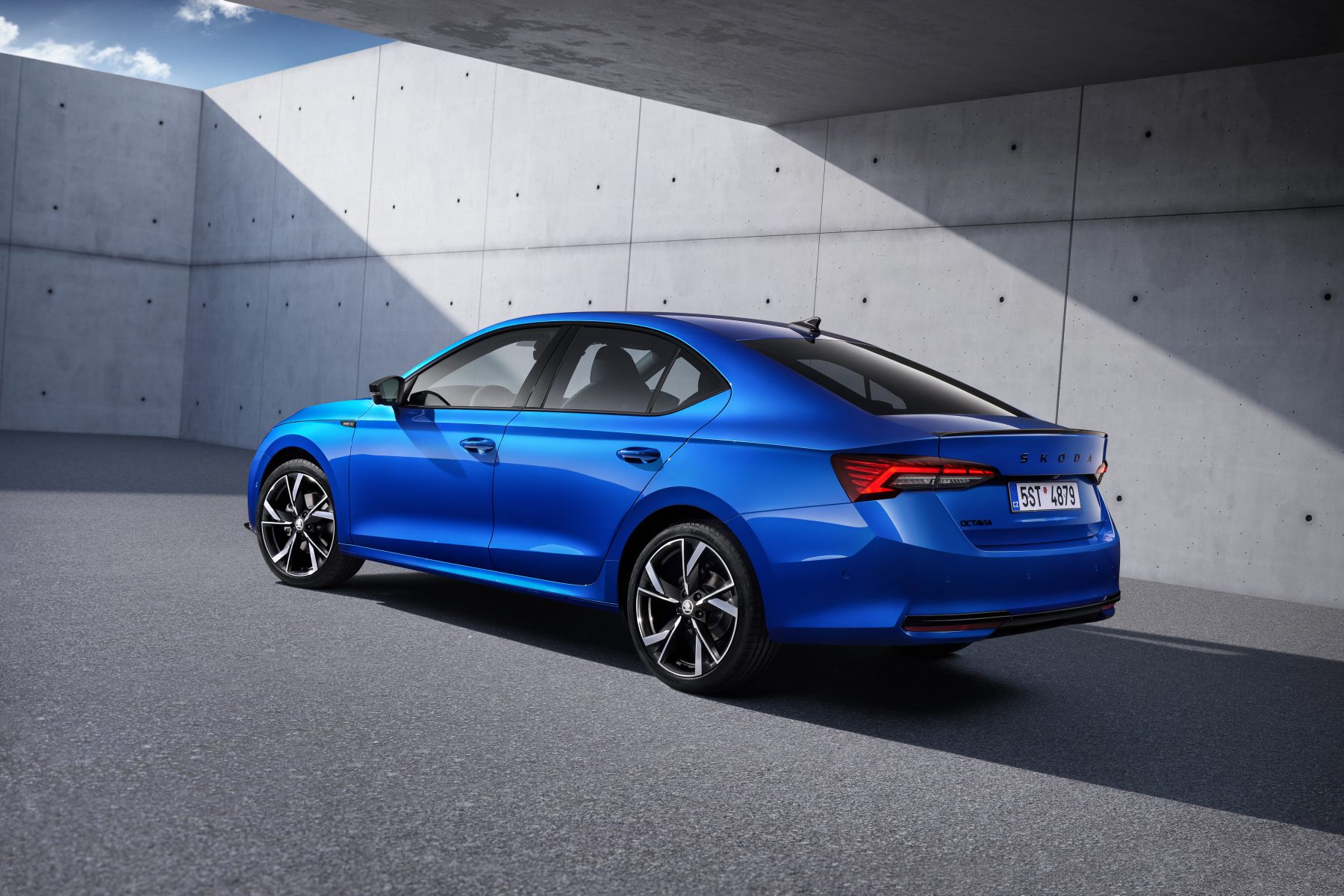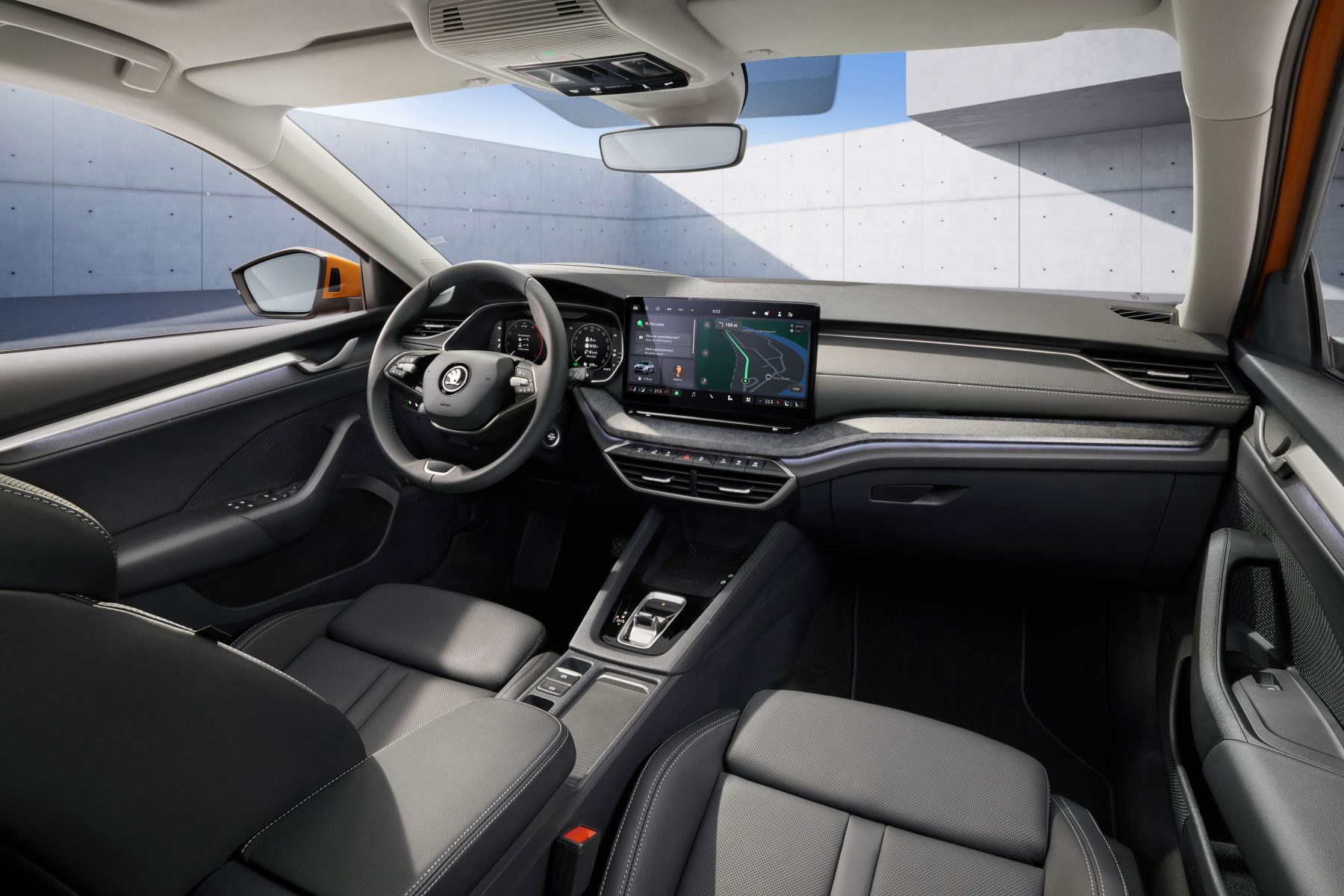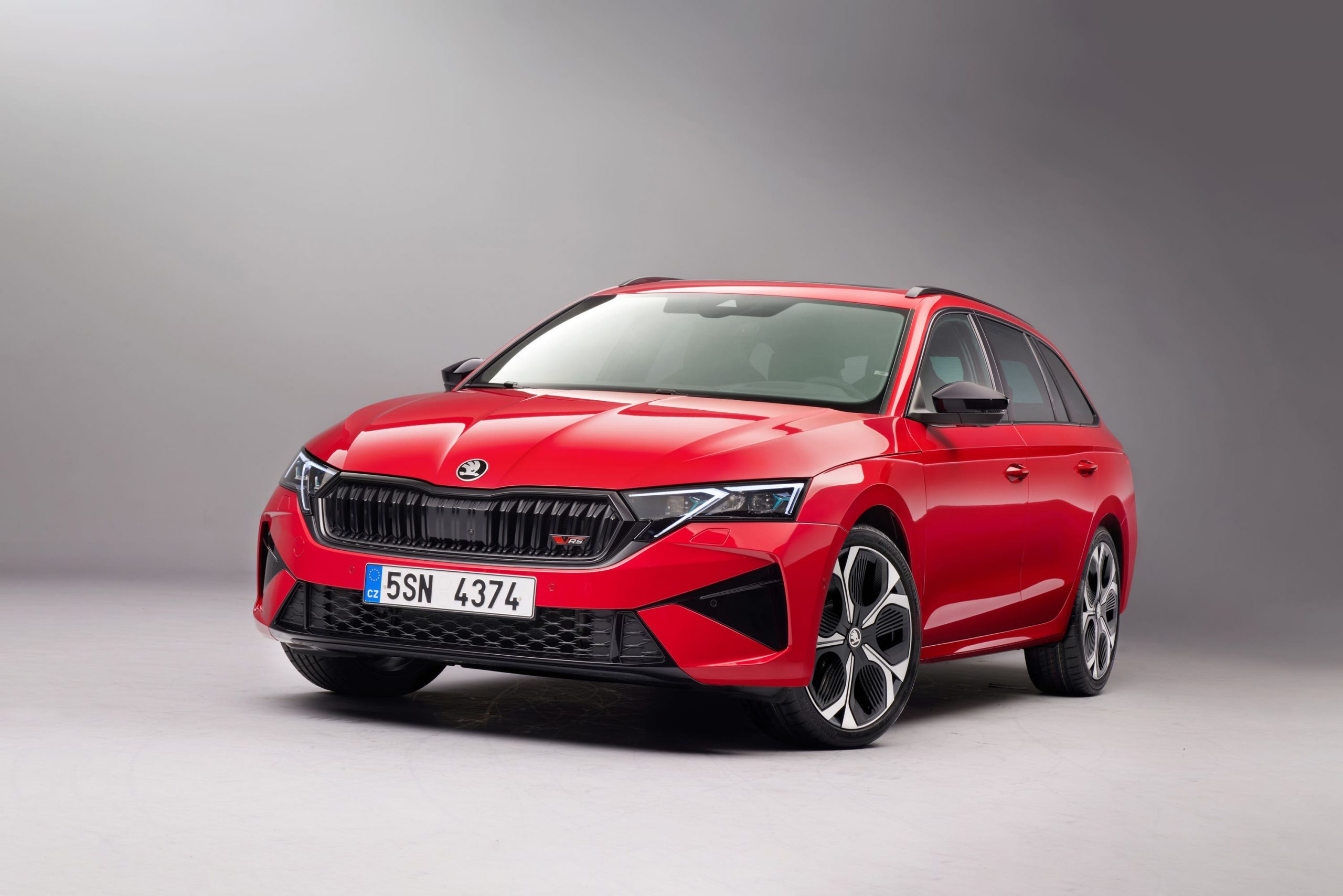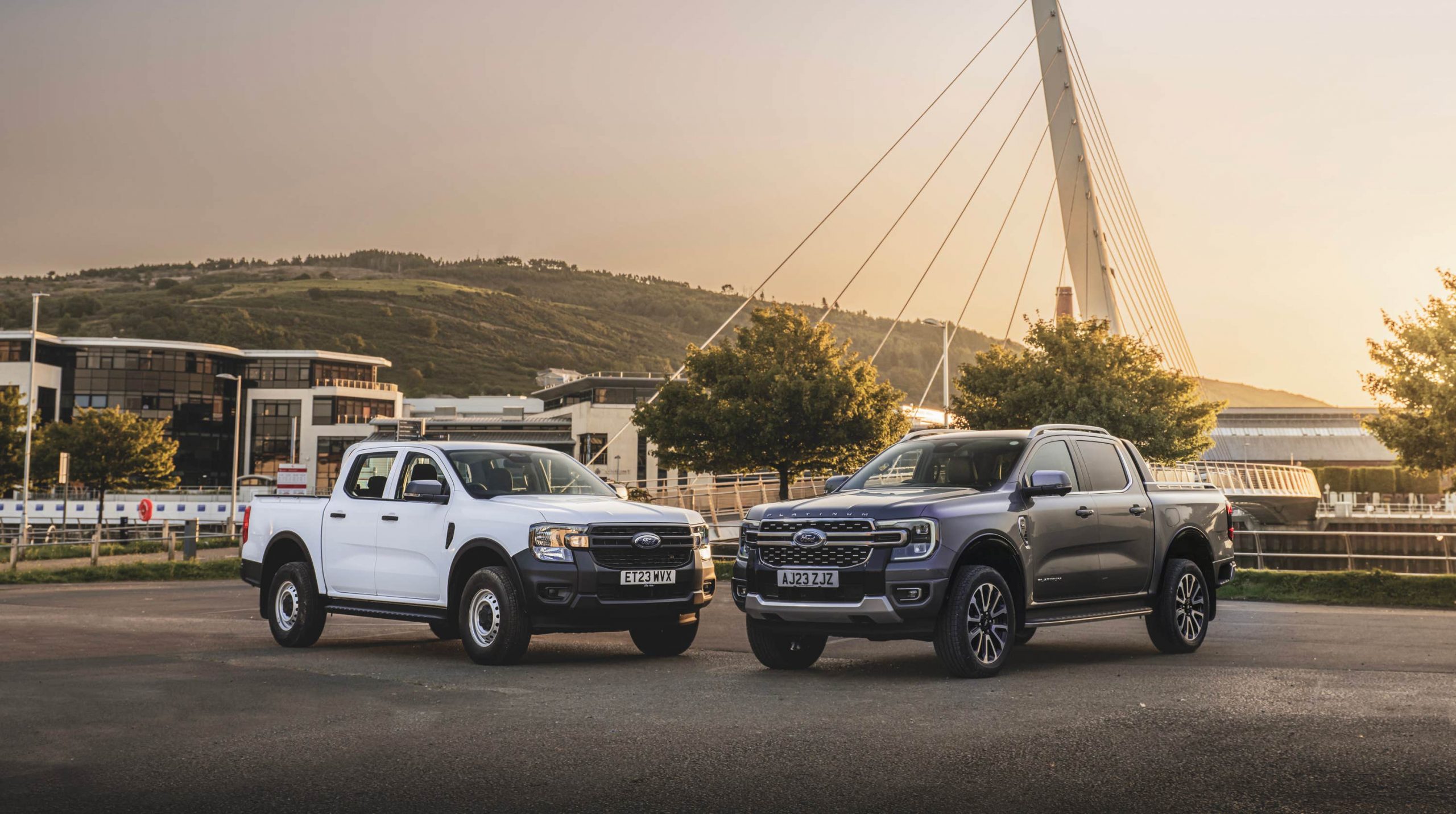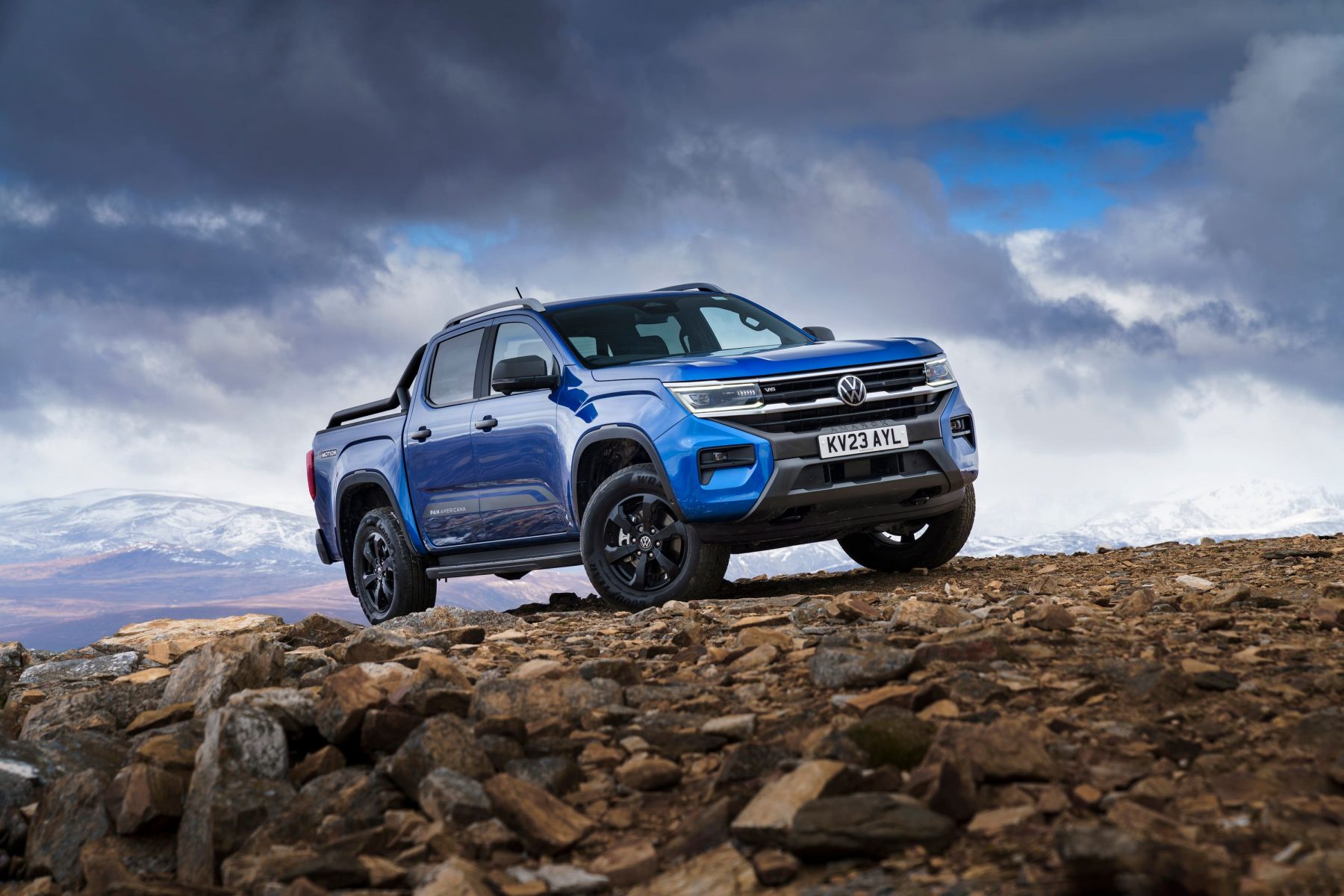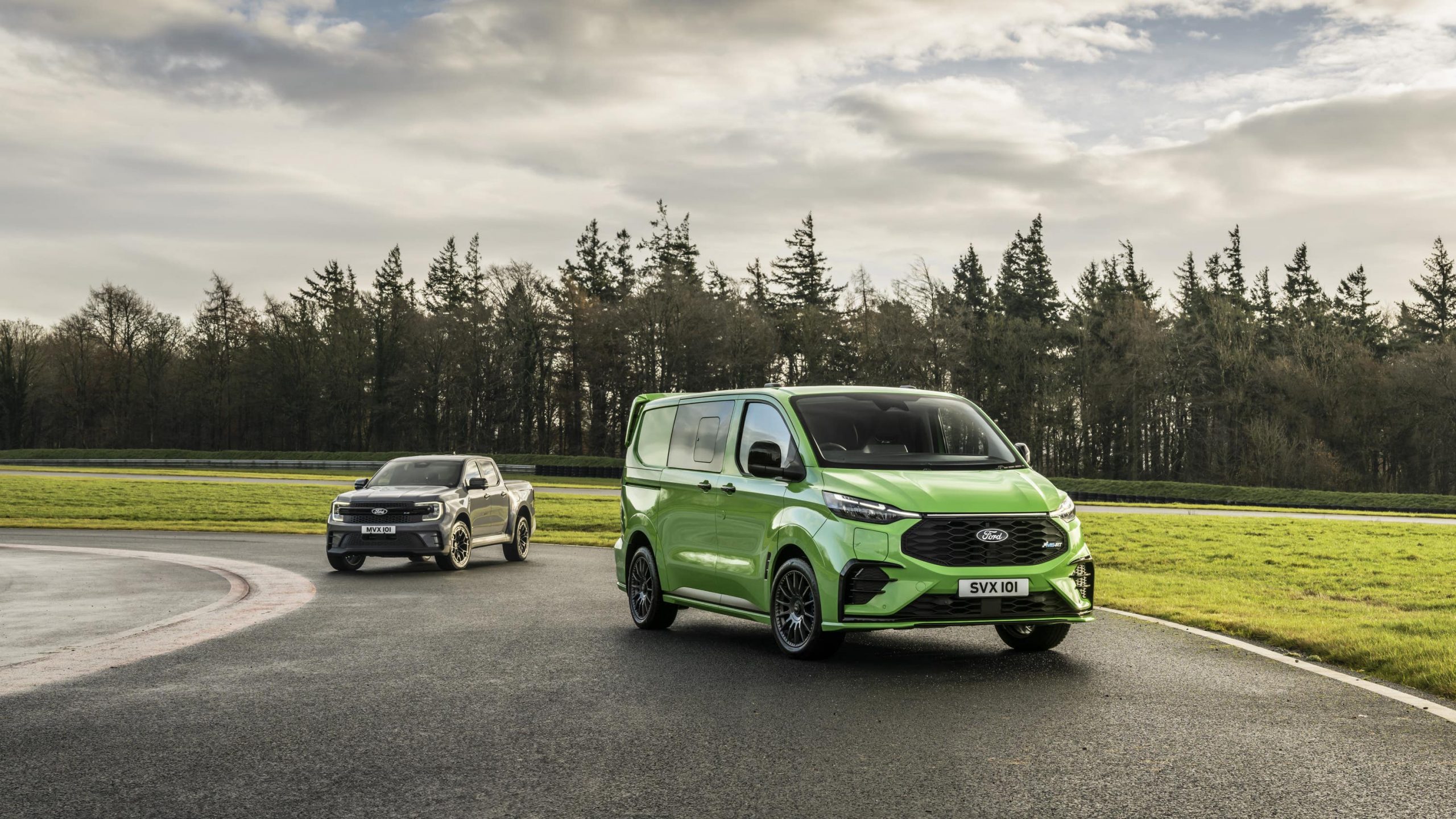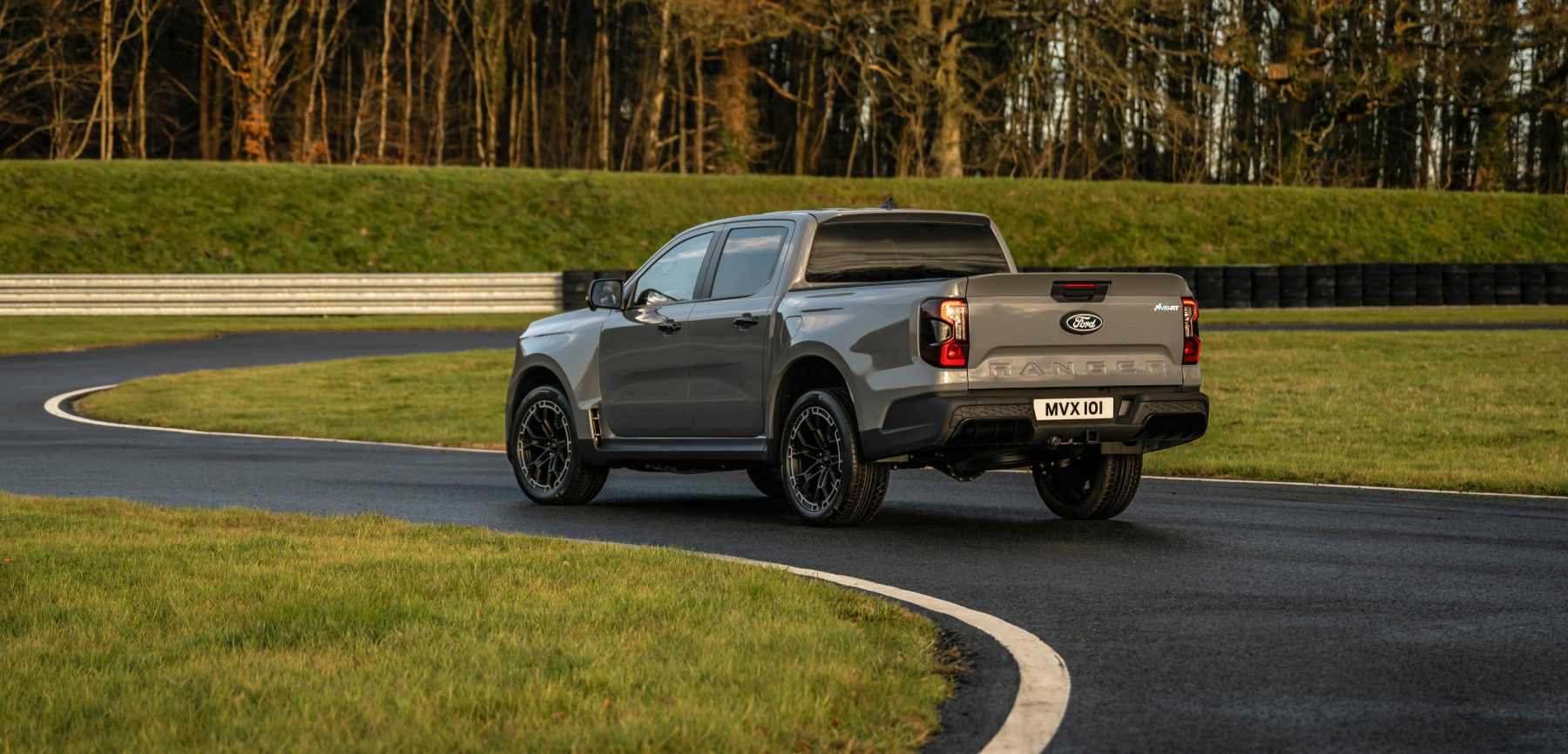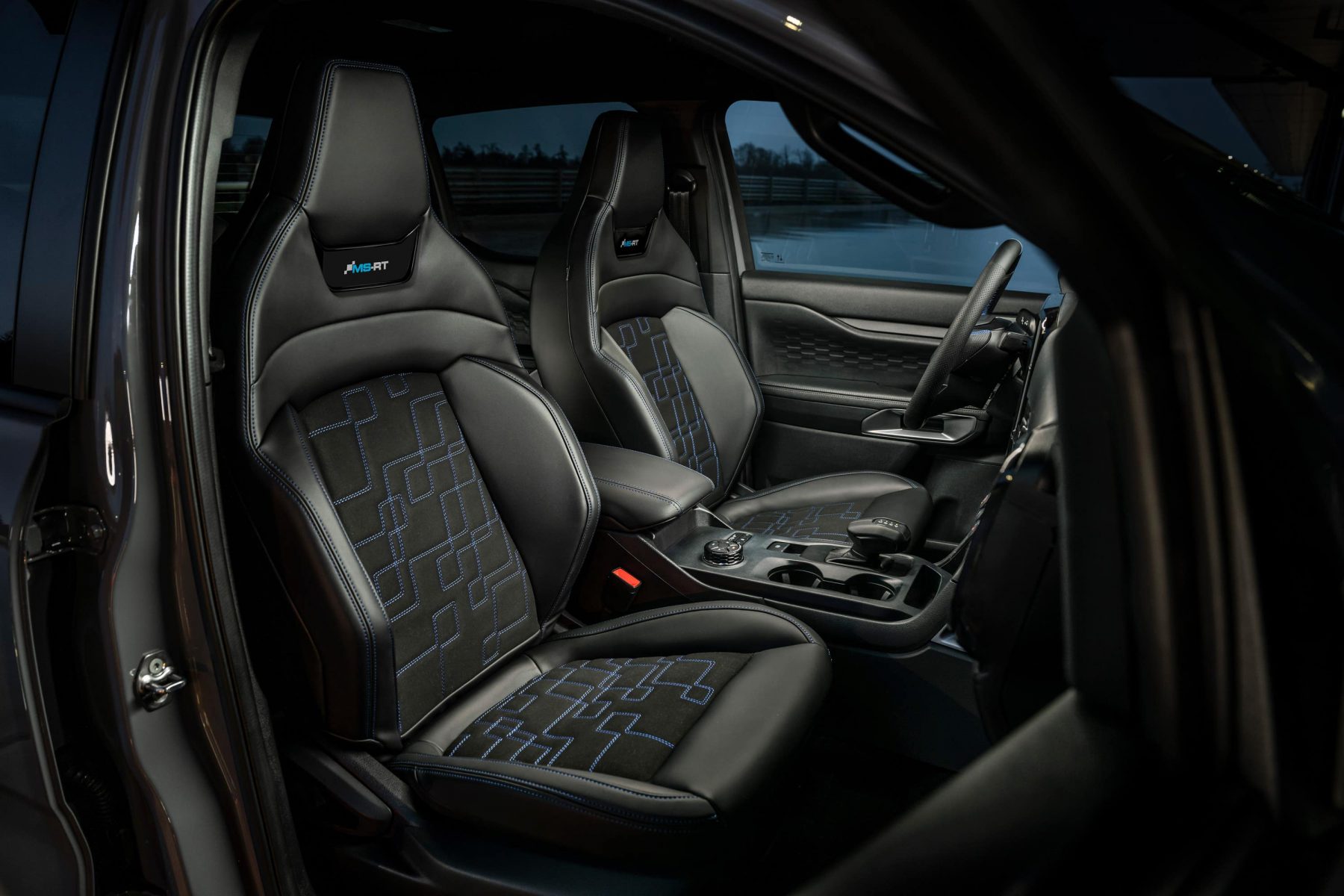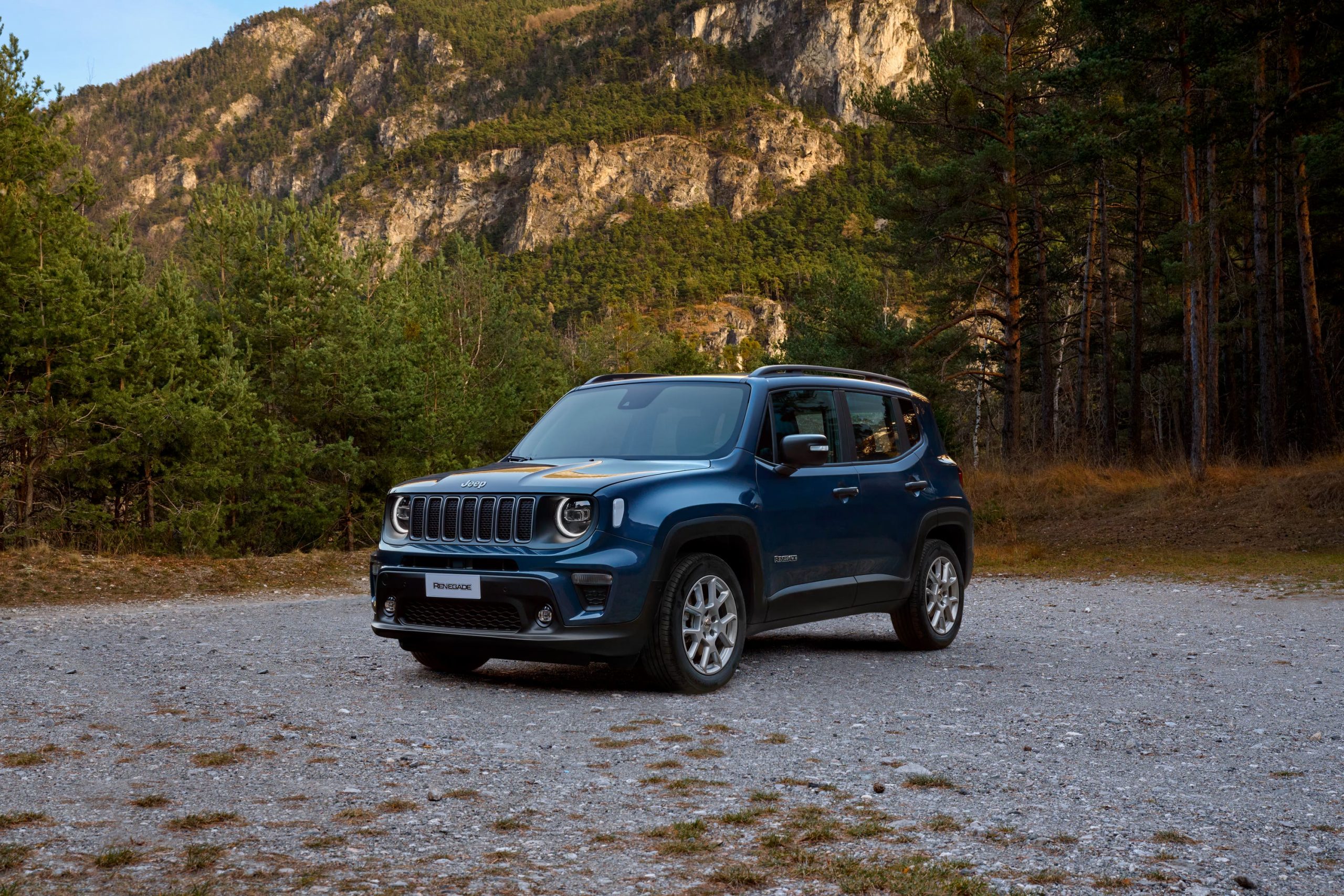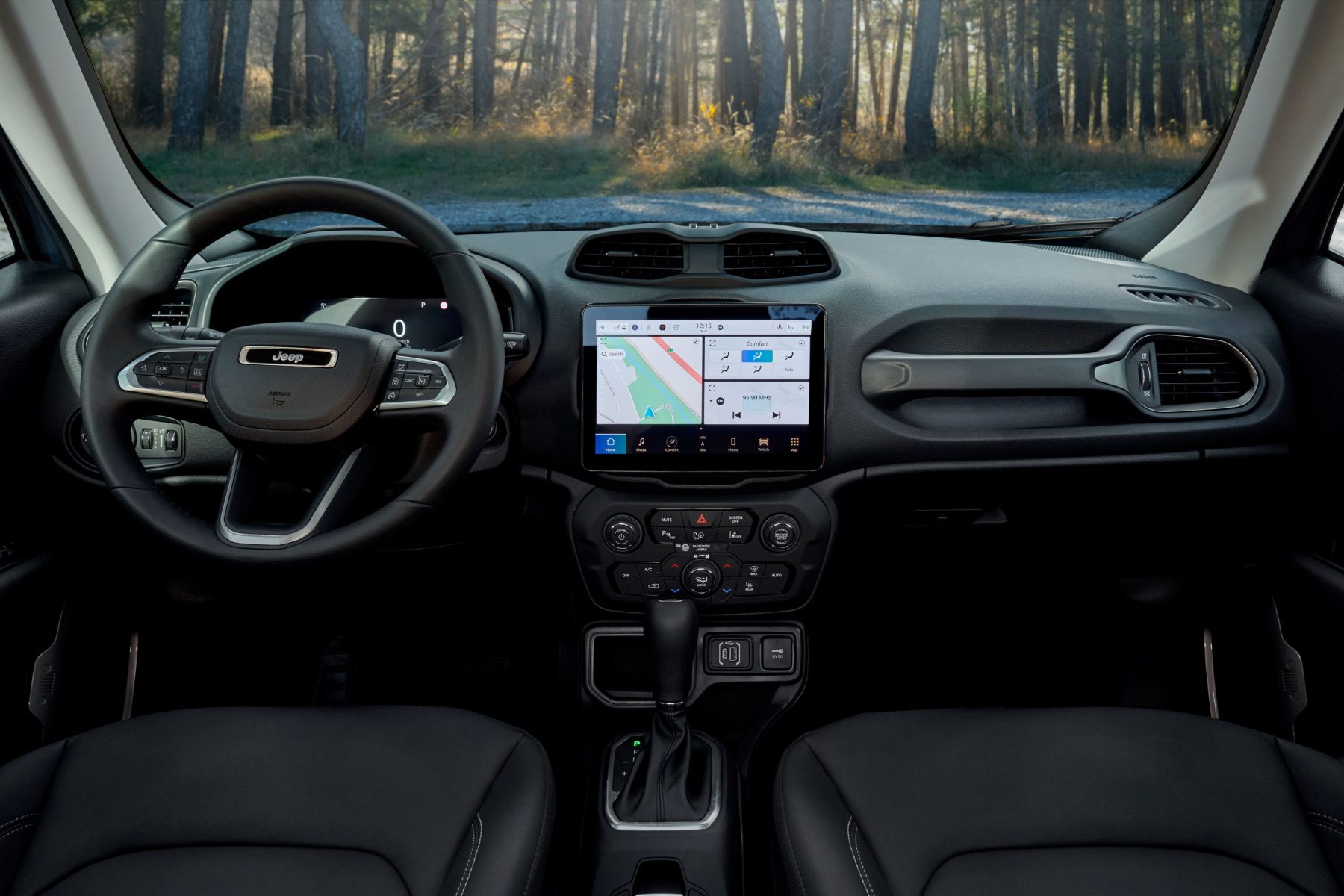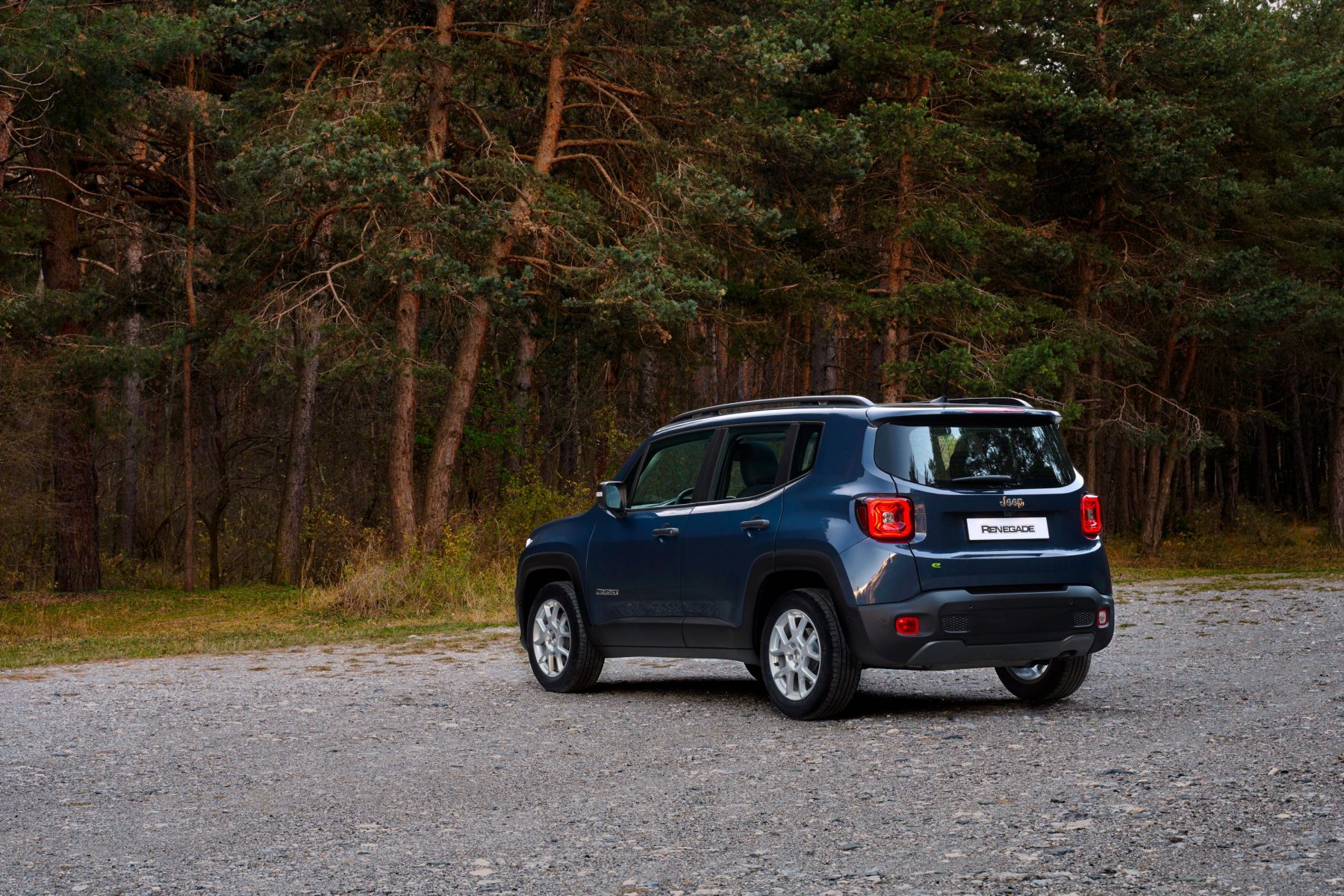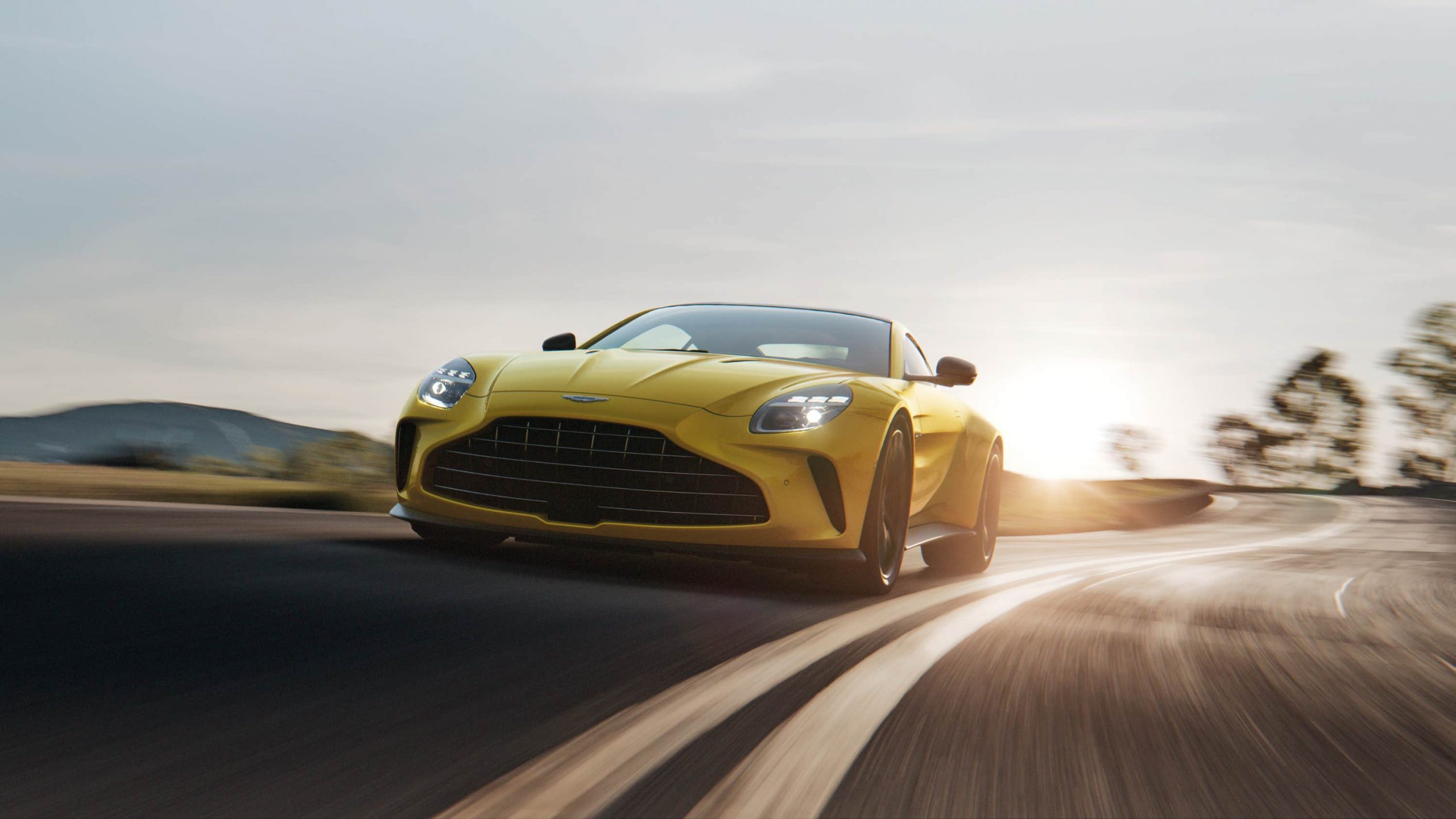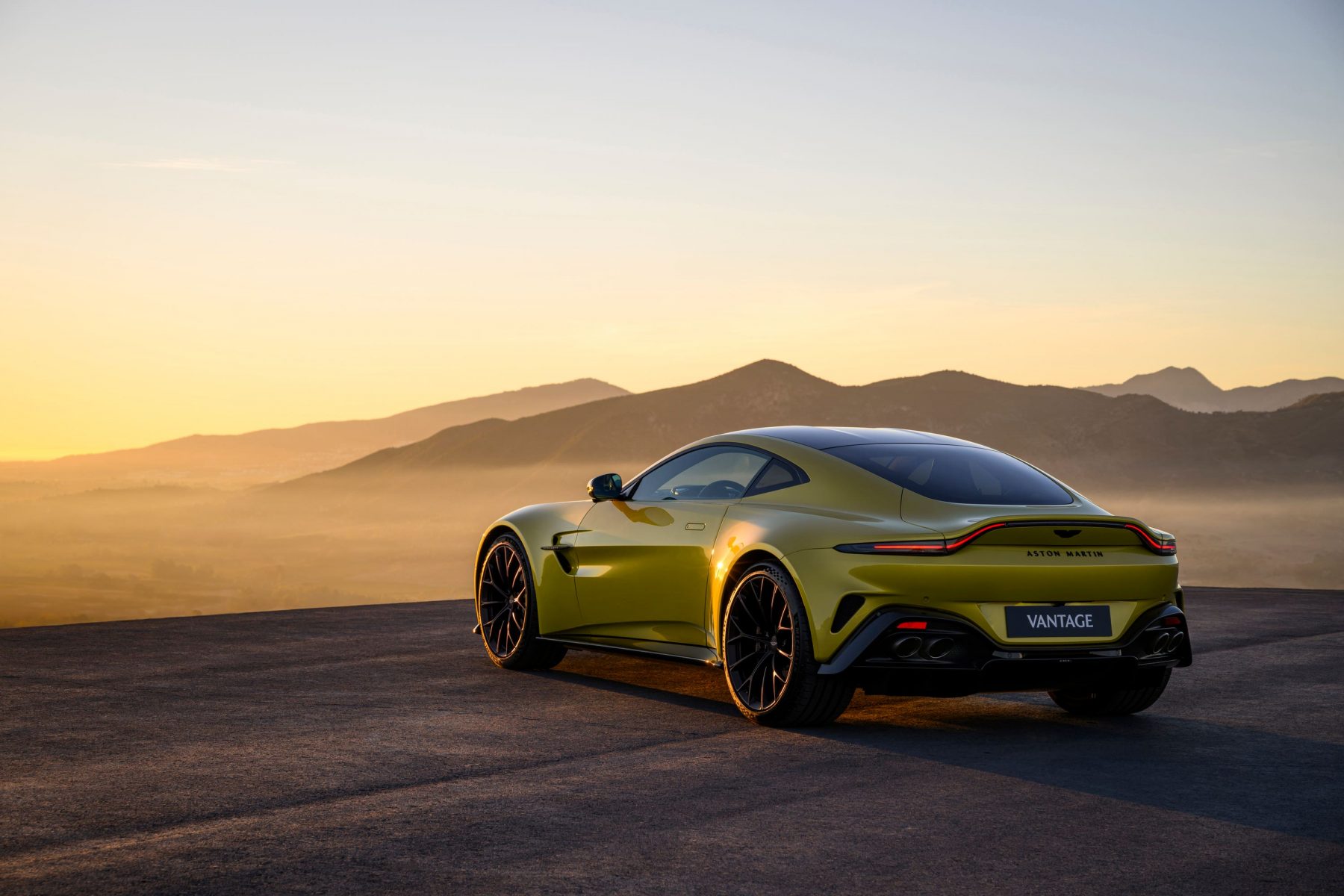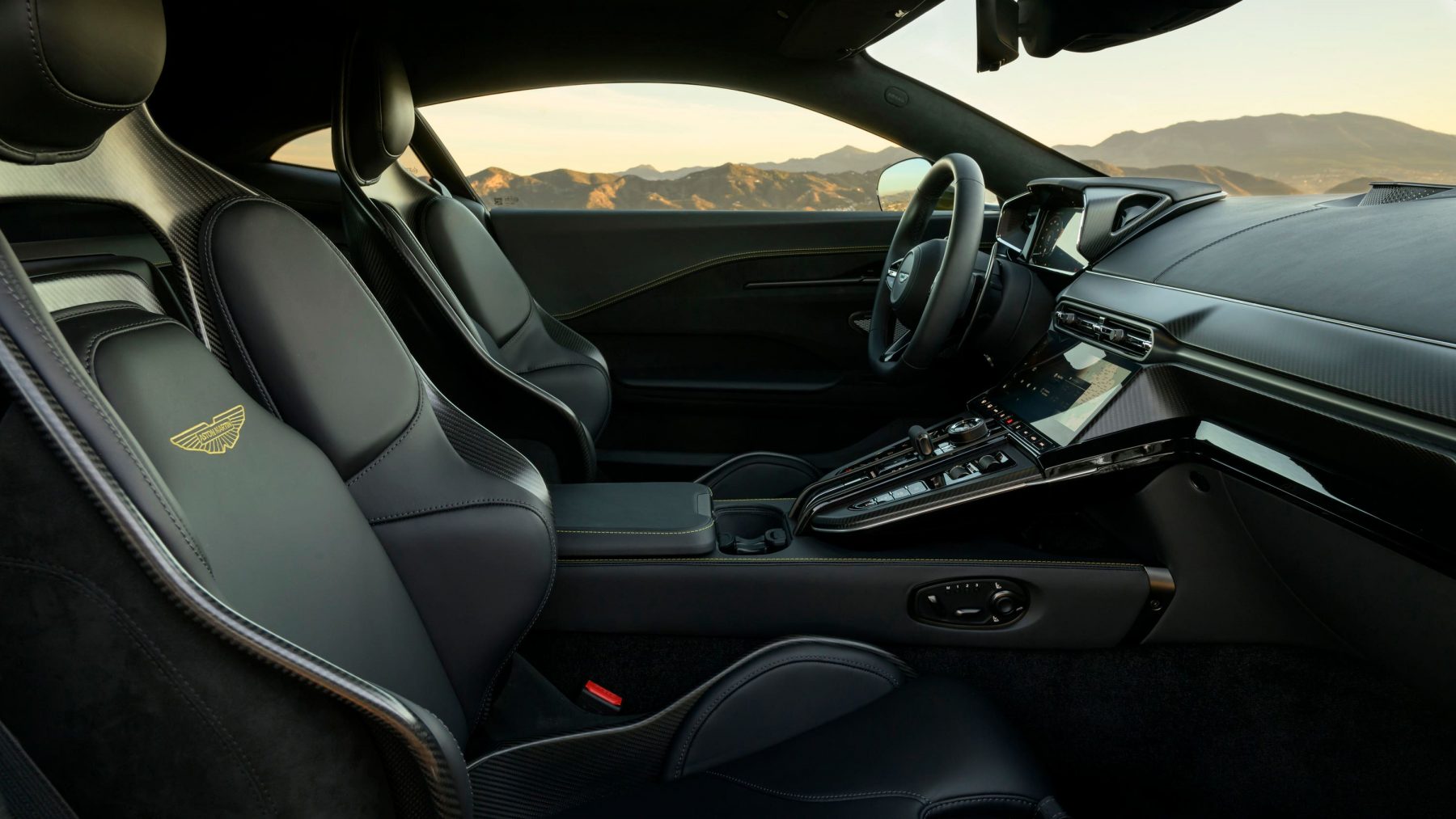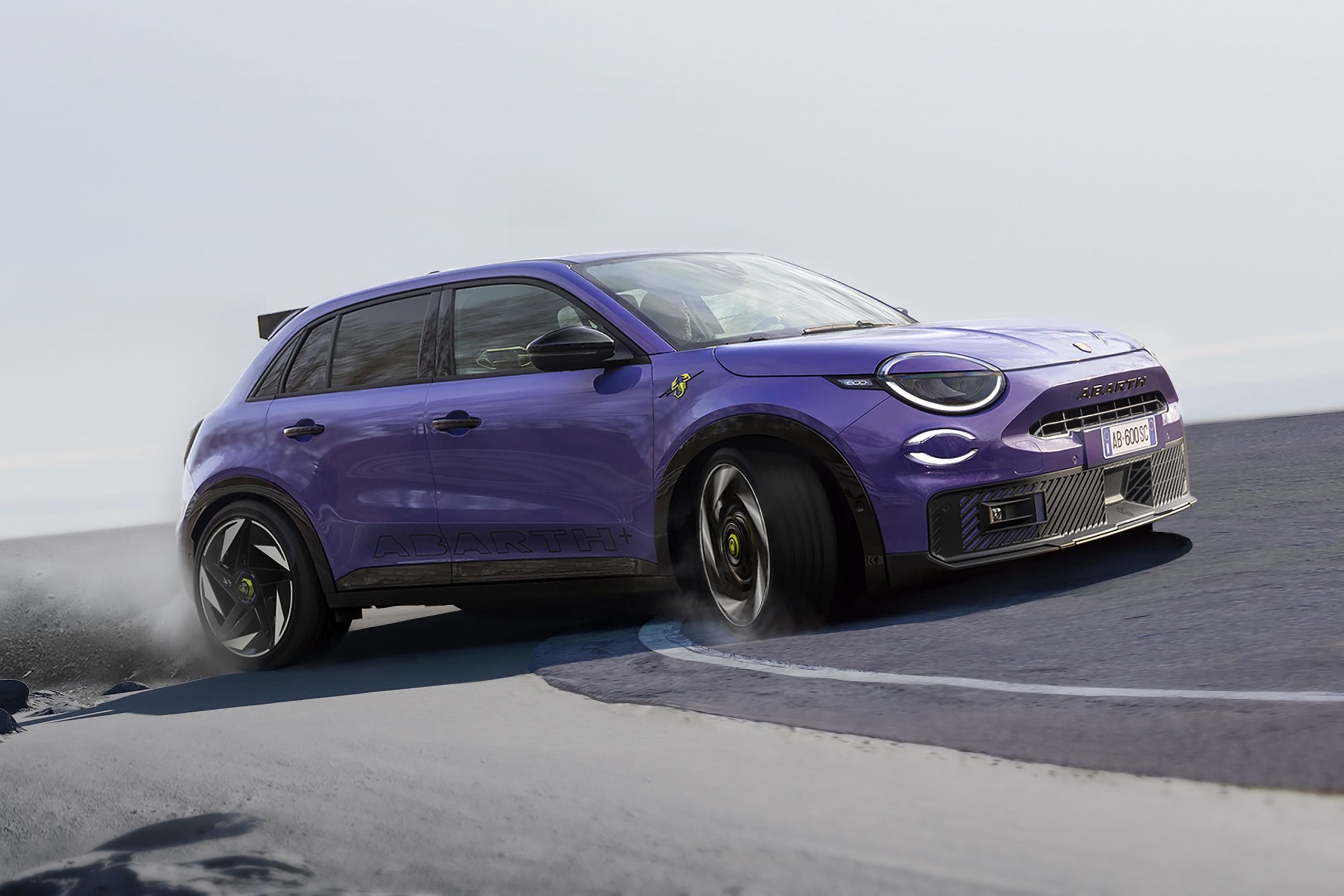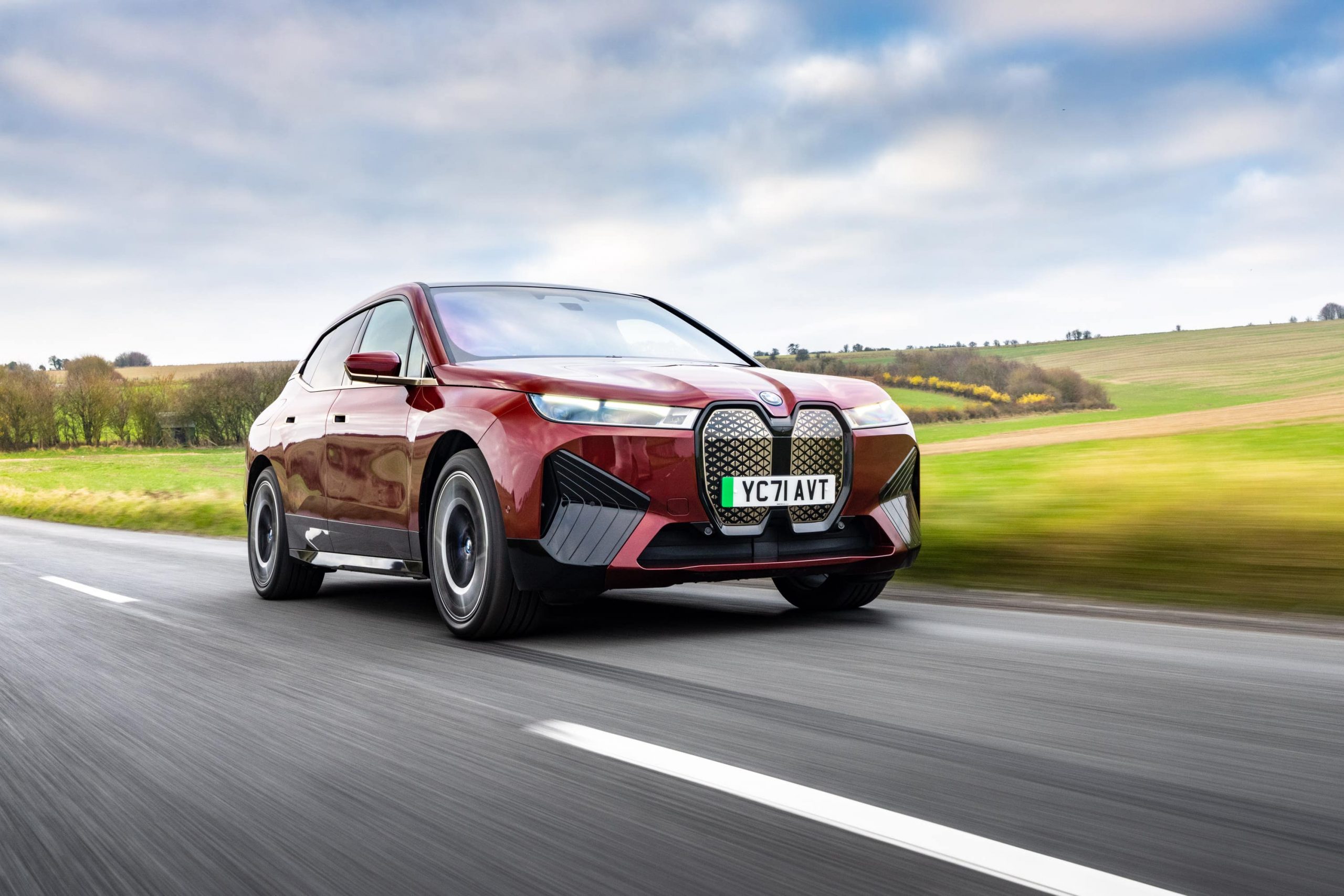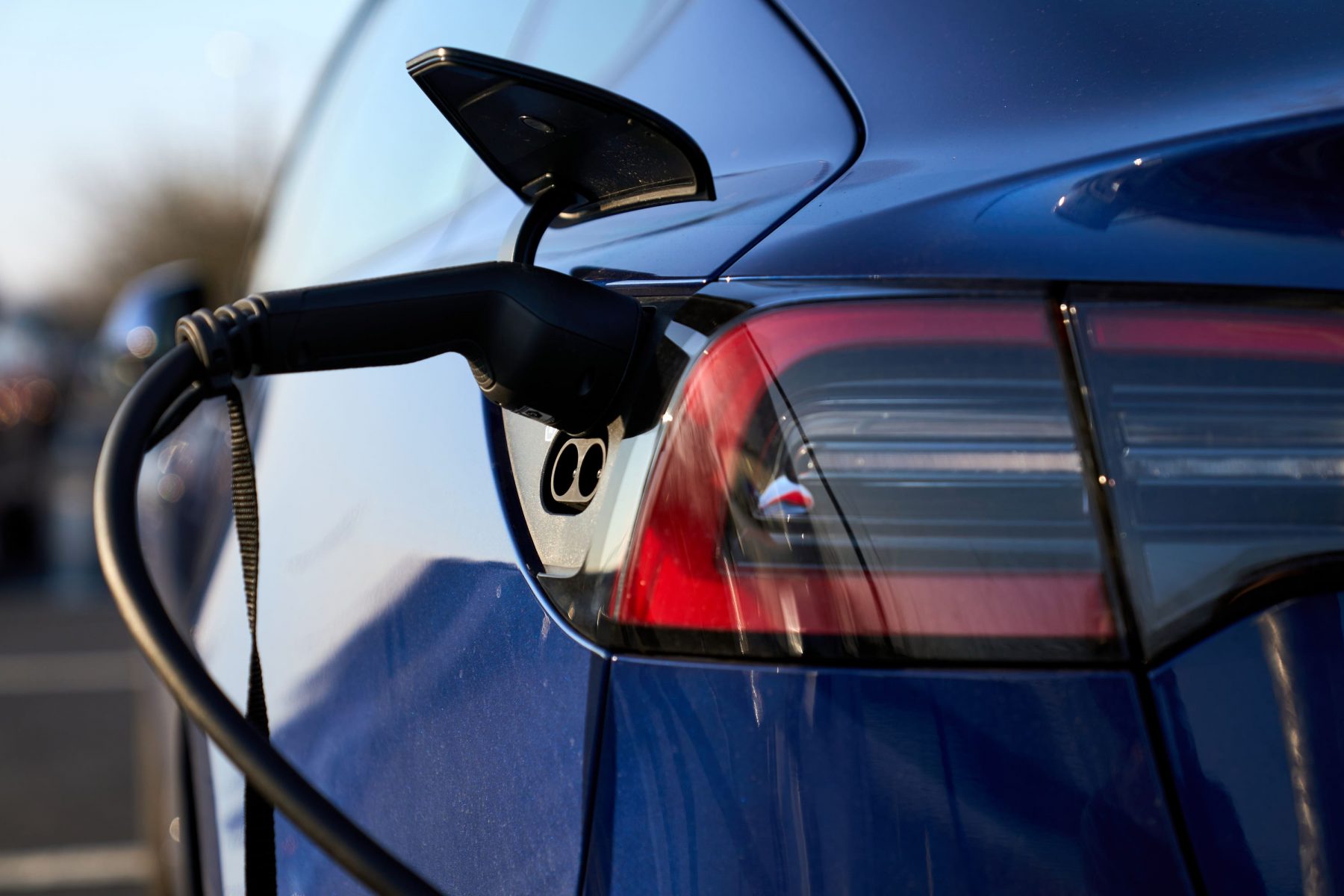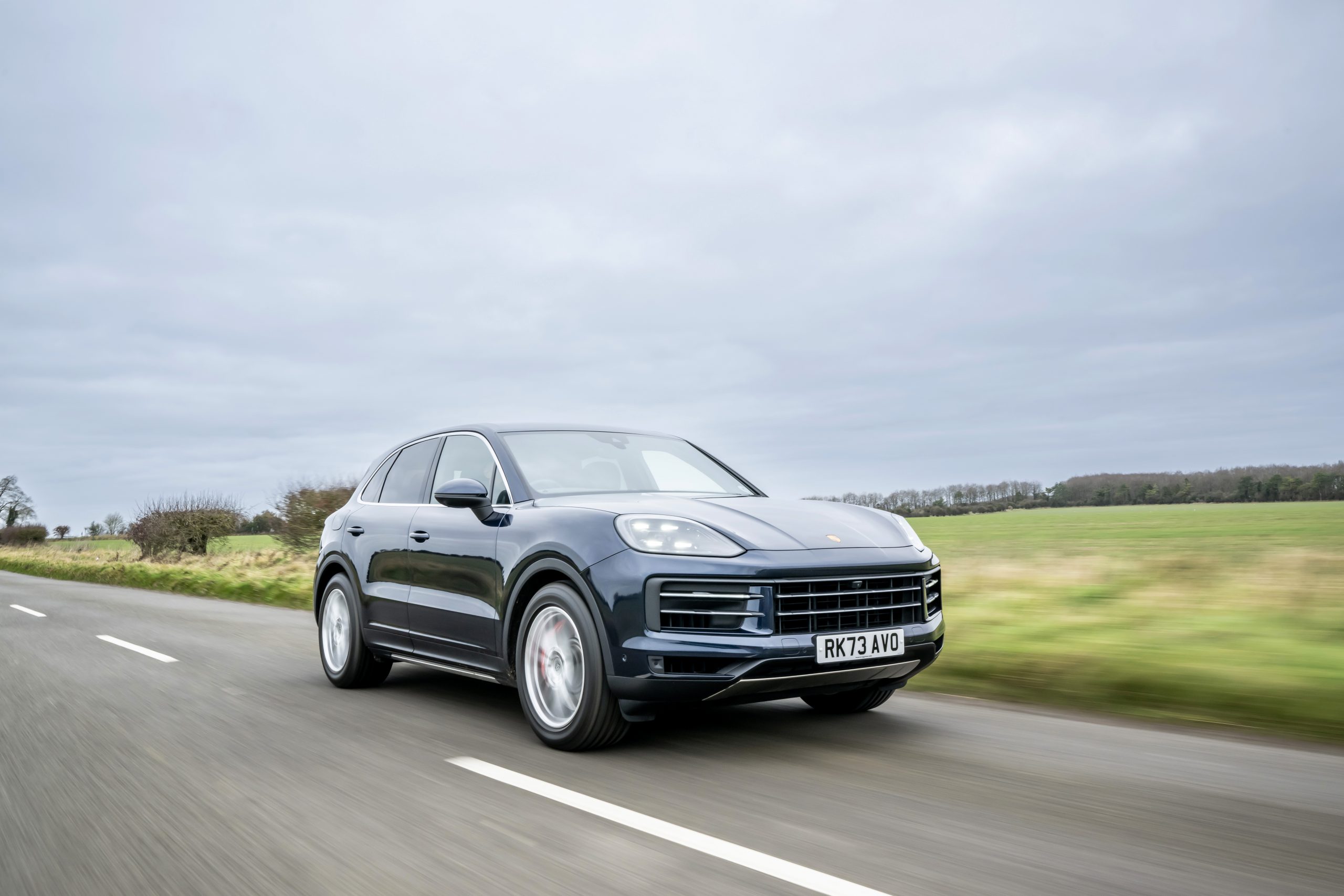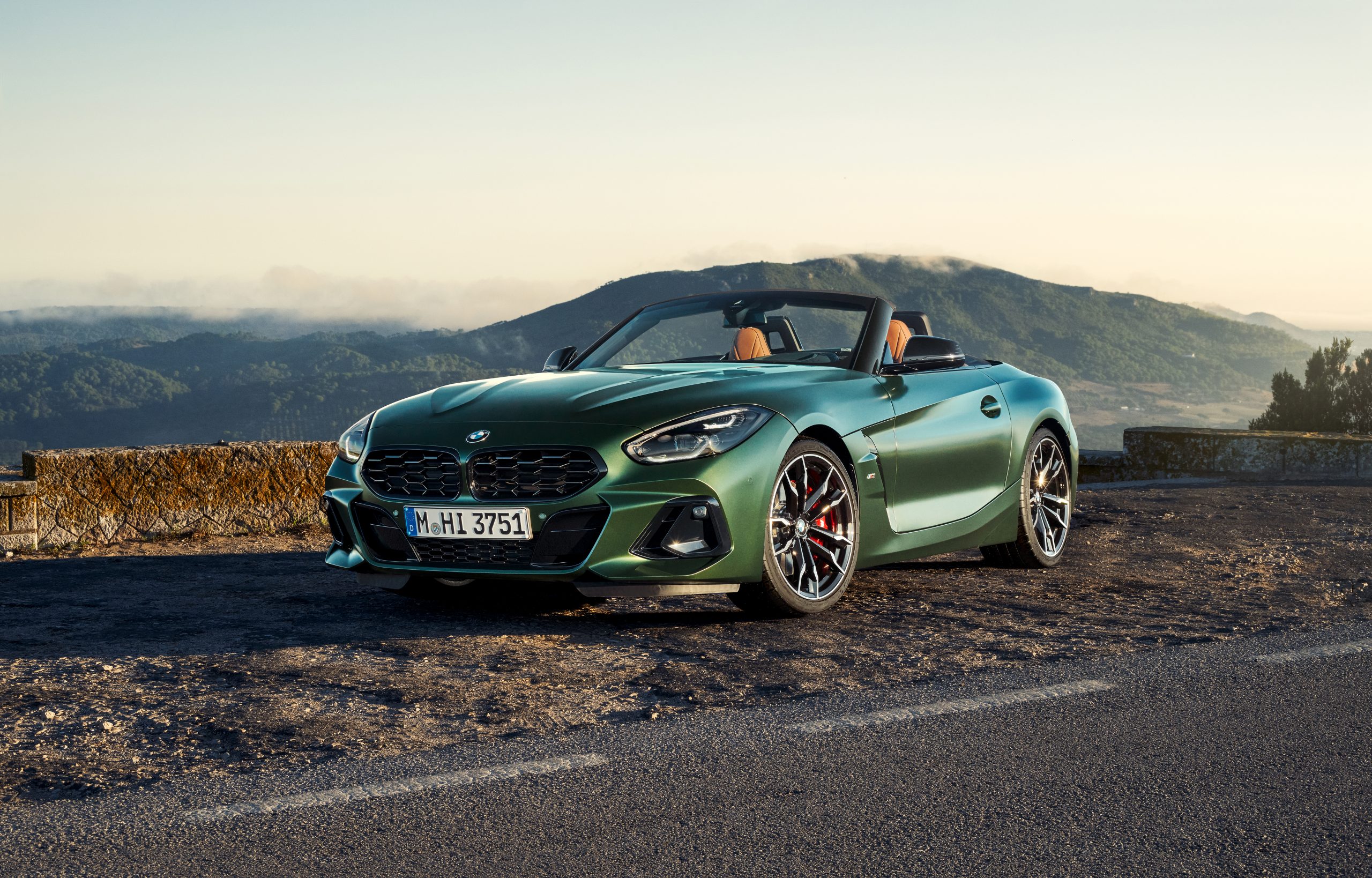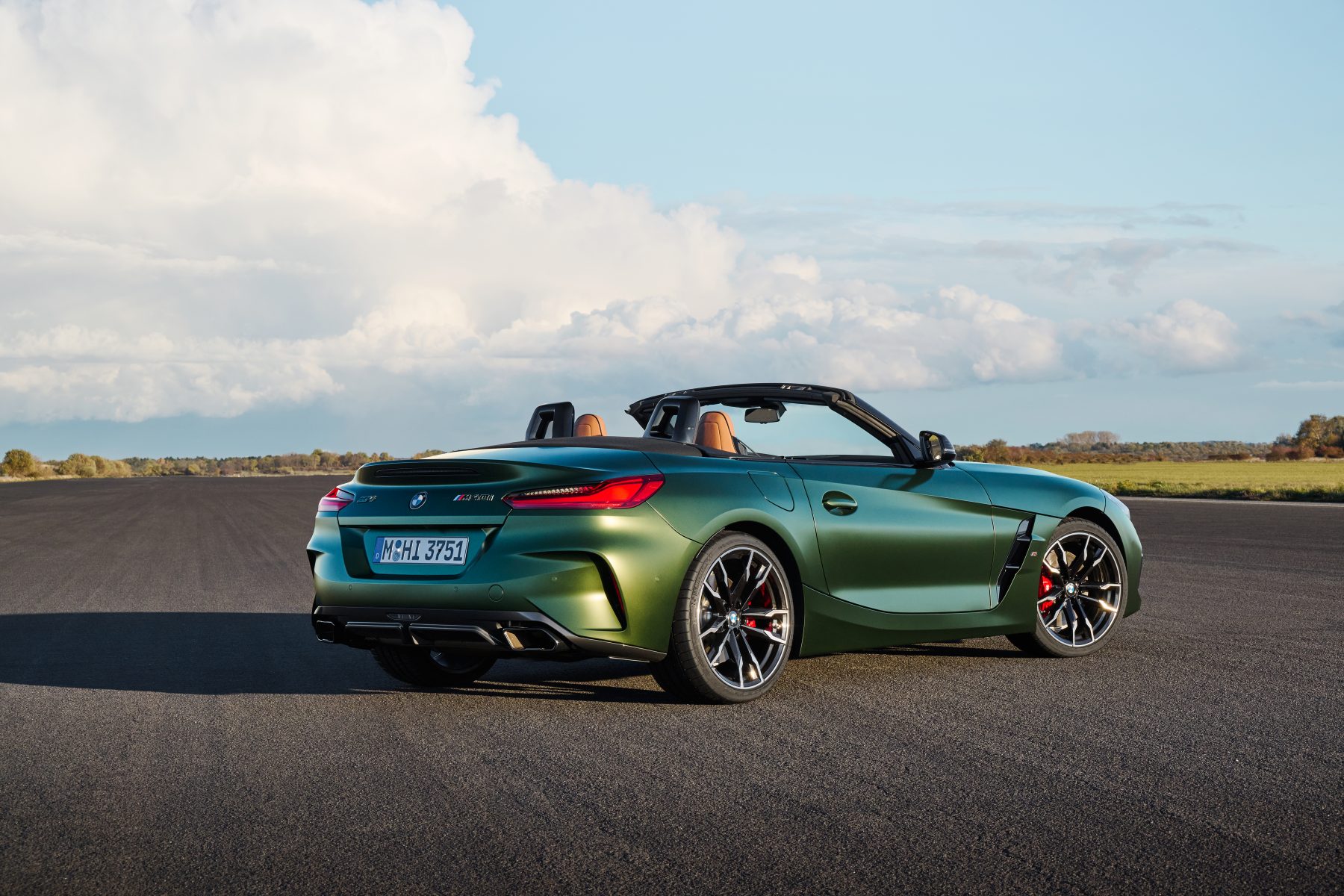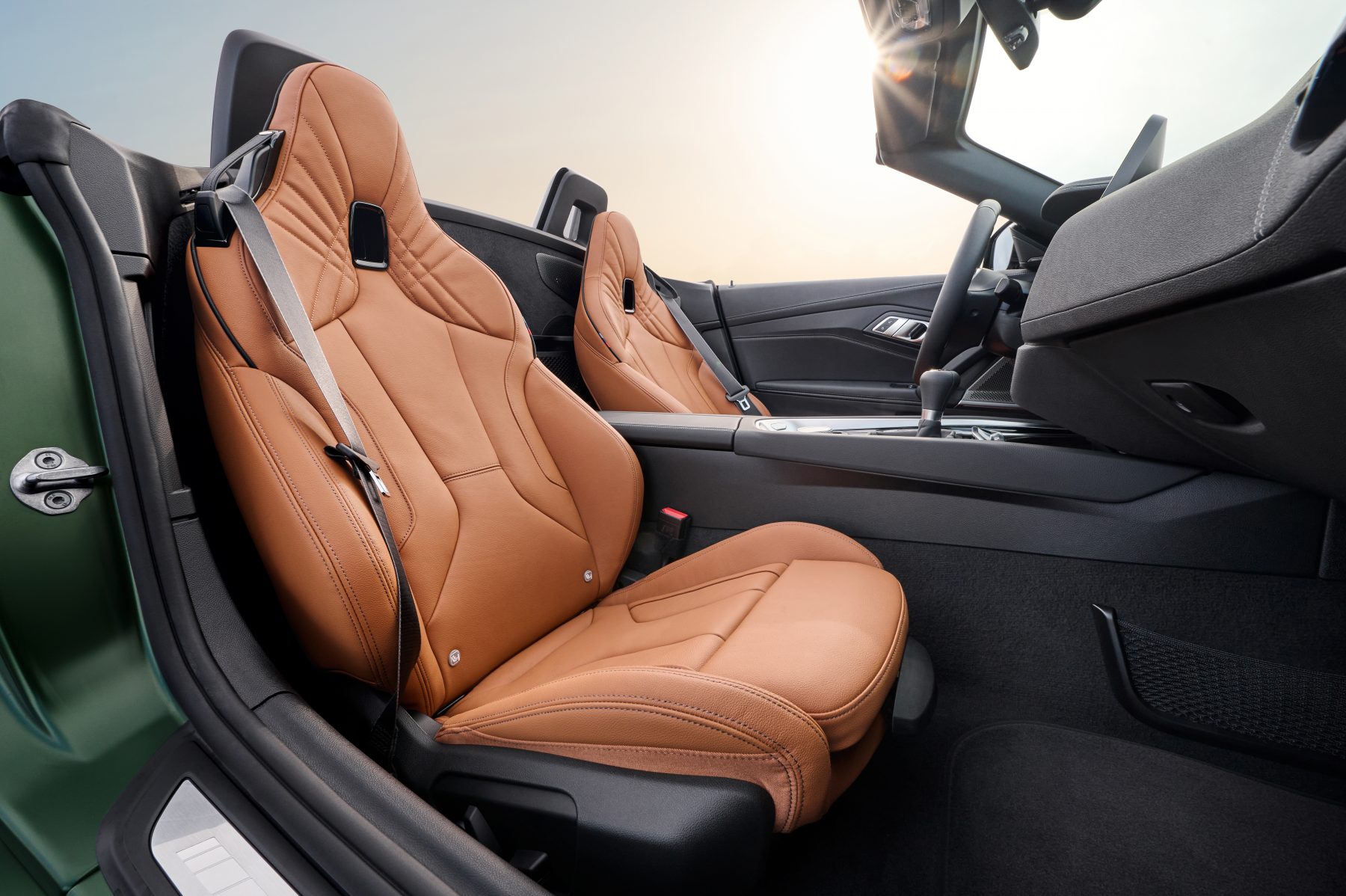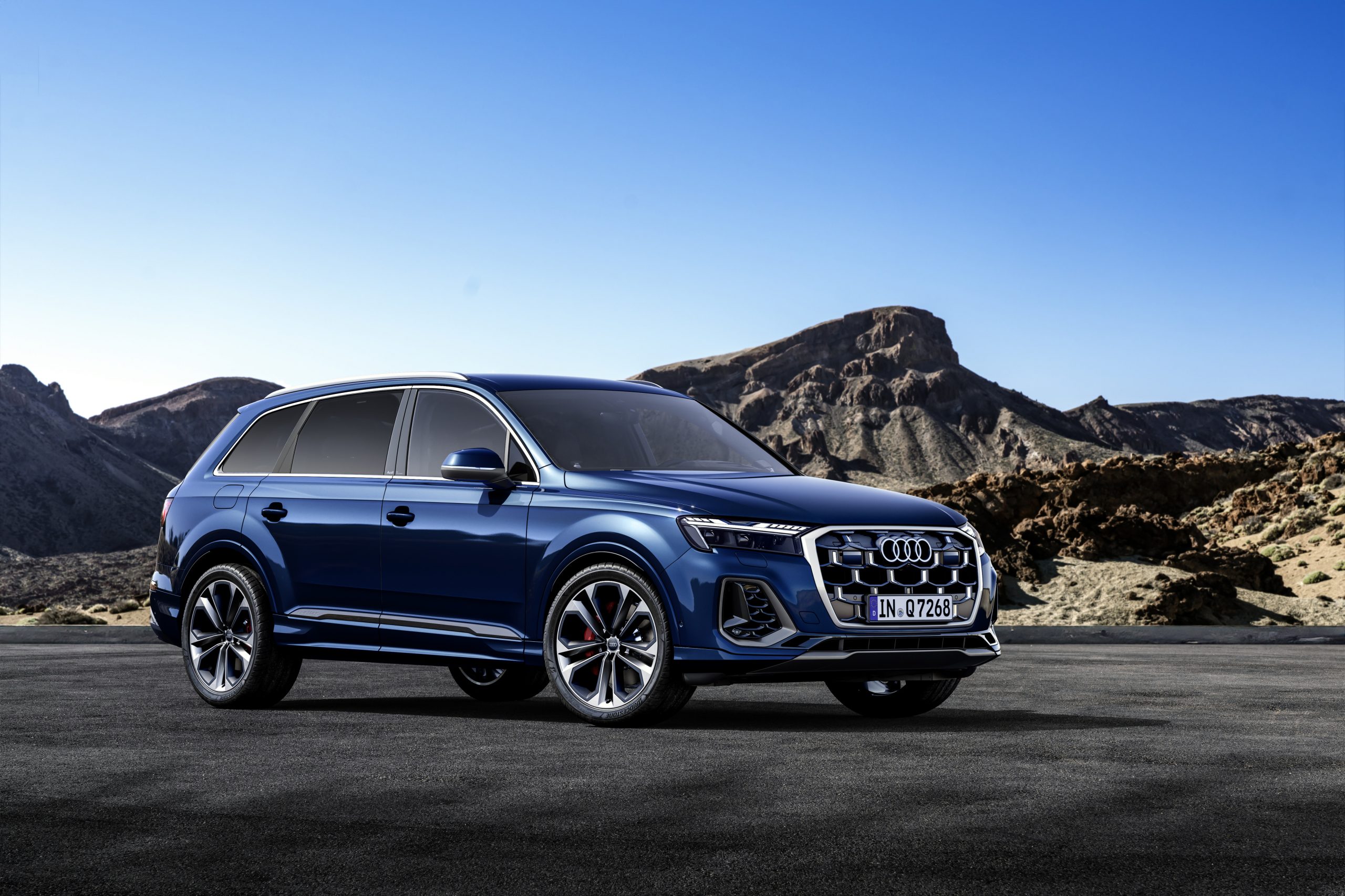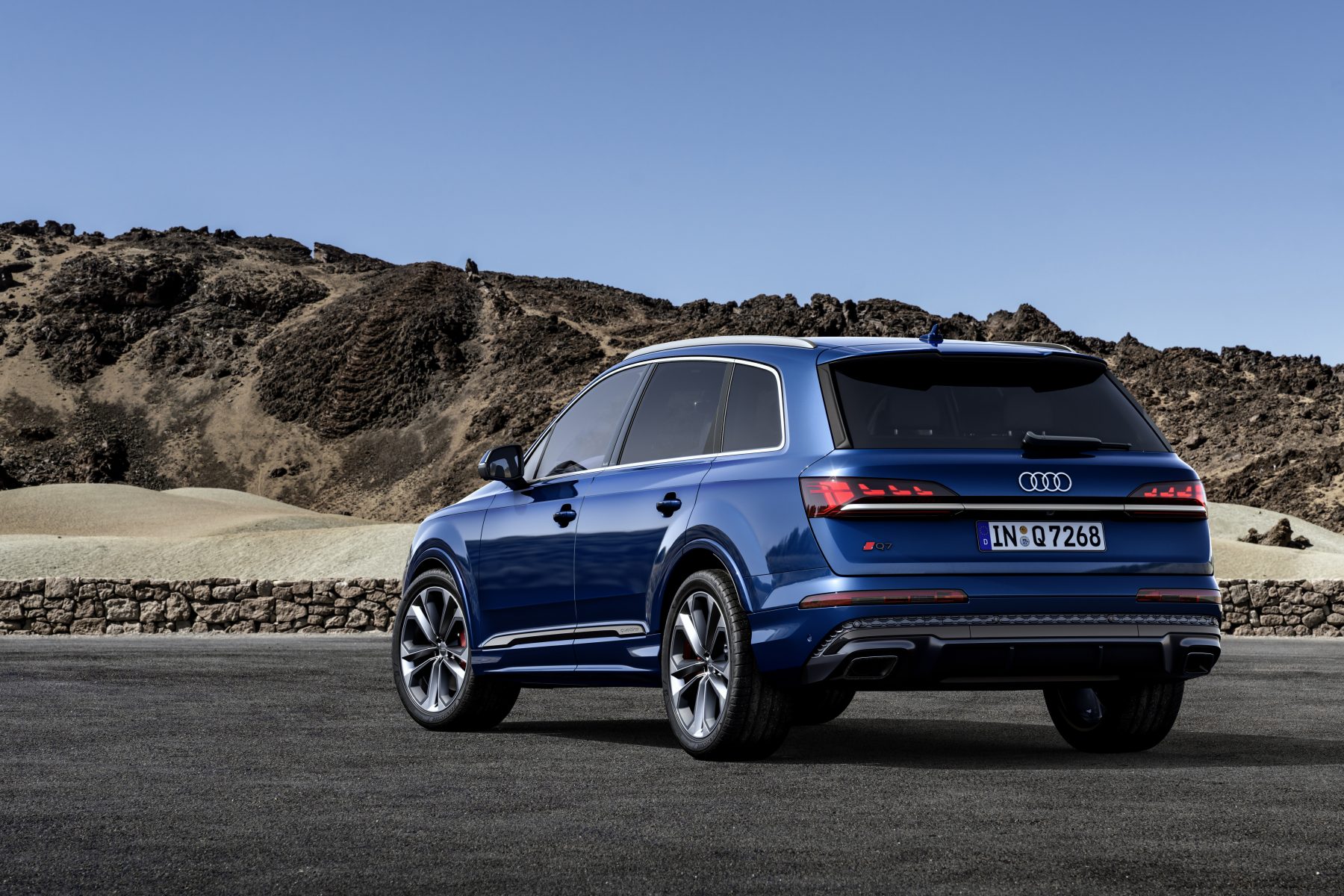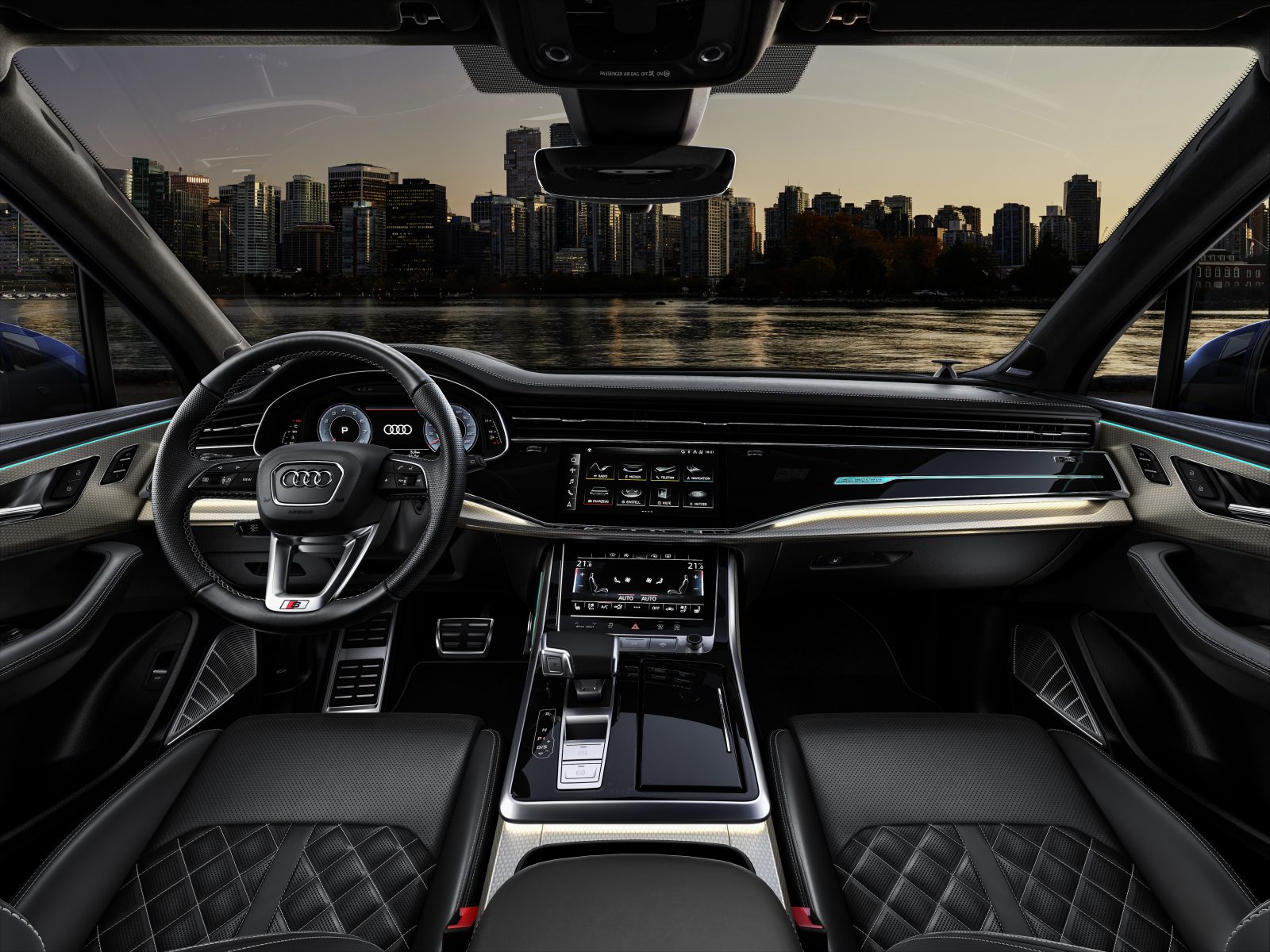What is it?
The importance of the Cayenne to Porsche should never be underestimated. It was its first SUV in the early 2000s and is often earmarked as helping to save the the German company.
More than two decades later, it continues to be a key contender in the large premium SUV segment, aided by the addition of a more stylish ‘Coupe’ variant a few years ago and a broad choice of engines, including several plug-in hybrids. To help keep it competitive, Porsche is back with a range of upgrades, but can they succeed?
What’s new?
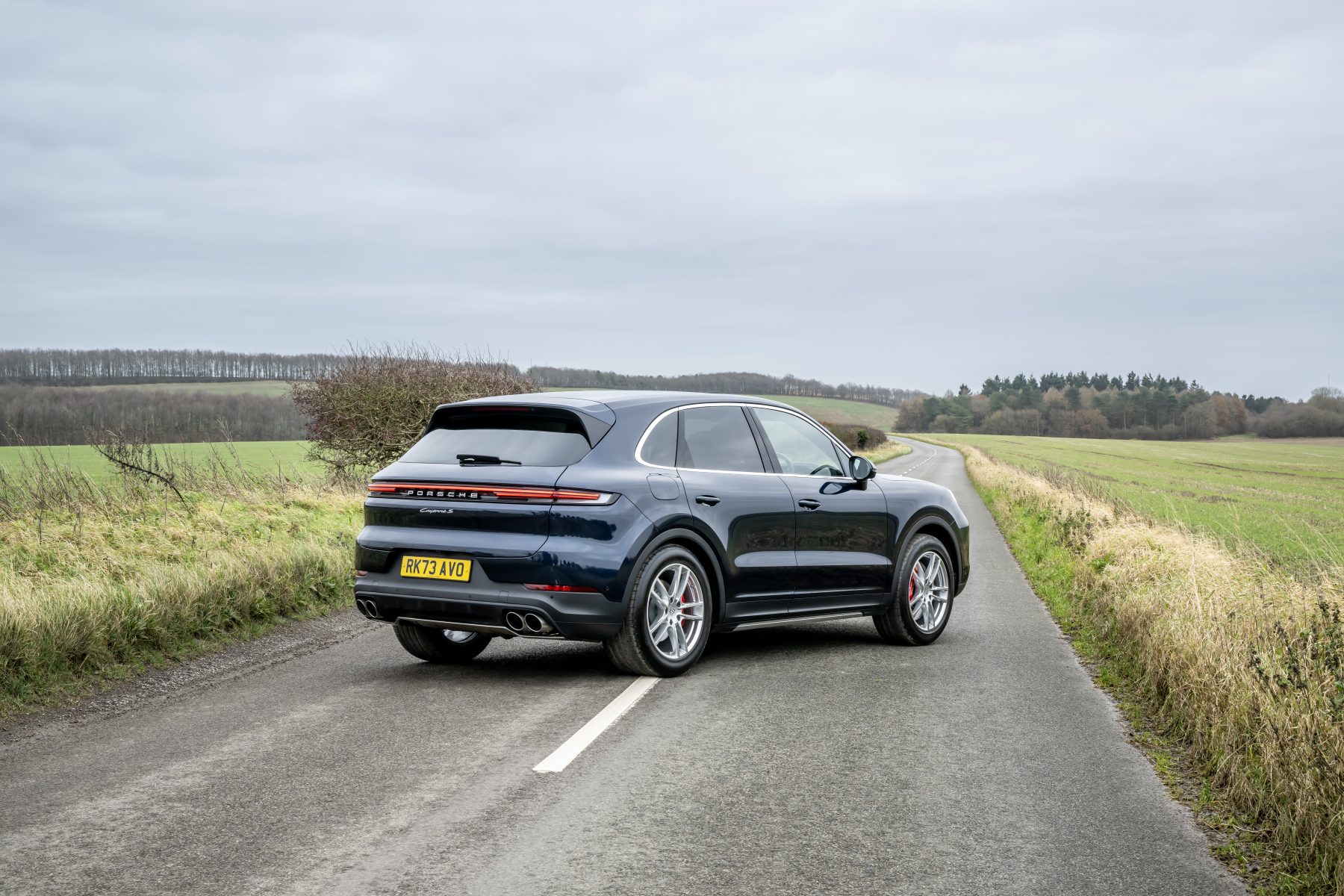
The current generation of Cayenne has been around since 2018, so a refresh was needed. Visually, not all that much appears to have changed, as is often the Porsche way, but it’s everywhere else where you’ll find differences. There’s the firm’s latest touchscreen and digital dial displays, while the front-seat passenger can even have their own screen in the dashboard.
The plug-in hybrid, which accounts for the bulk of sales, also gets more power and a much larger battery that extends the claimed electric range to 46 miles – significantly more than before.
What’s under the bonnet?
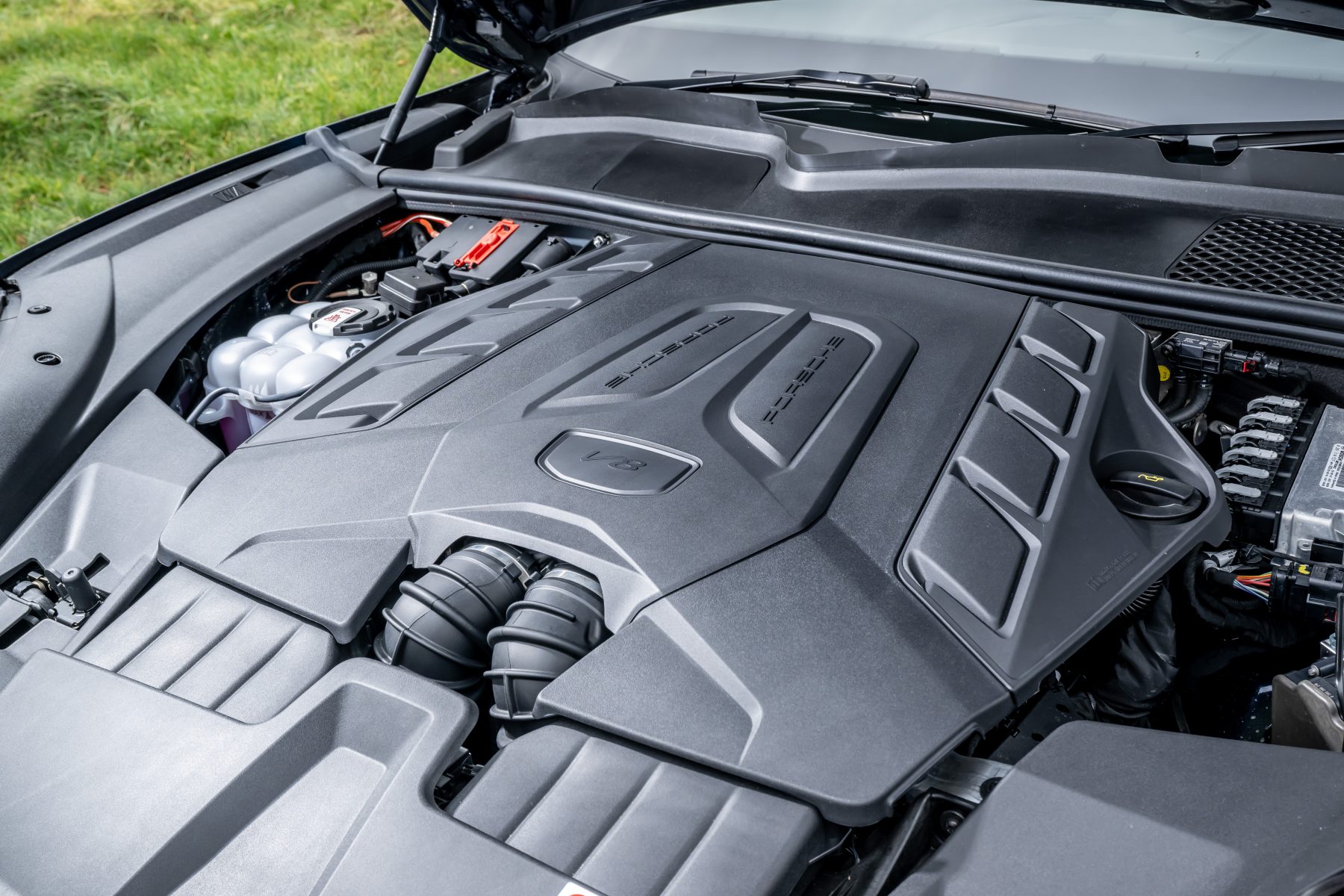
While more might opt for the hybrid, Porsche hasn’t forgotten about the regular petrol versions. The standard ‘Cayenne’ uses a 348bhp 3.0-litre unit but if you want more performance, there’s the Cayenne S we’re trying here.
Previously this was quite a rare choice as it used a V6 and was down on power compared to the equally-priced plug-in hybrid, but the S now uses a mighty 4.0-litre V8 engine, bucking the trend for downsizing engines, and essentially replaces the previous ‘Turbo’ model.
Power is up 34bhp to 468bhp, with torque standing at 600Nm. With an eight-speed automatic gearbox and four-wheel-drive, the Cayenne S can accelerate to 60mph in 4.8 seconds and on to a 170mph top speed. The downside of that V8 brawn? You’ll need deep pockets to run it, with Porsche claiming just 22.6mpg and CO2 emissions standing at 283g/km.
What’s it like to drive?
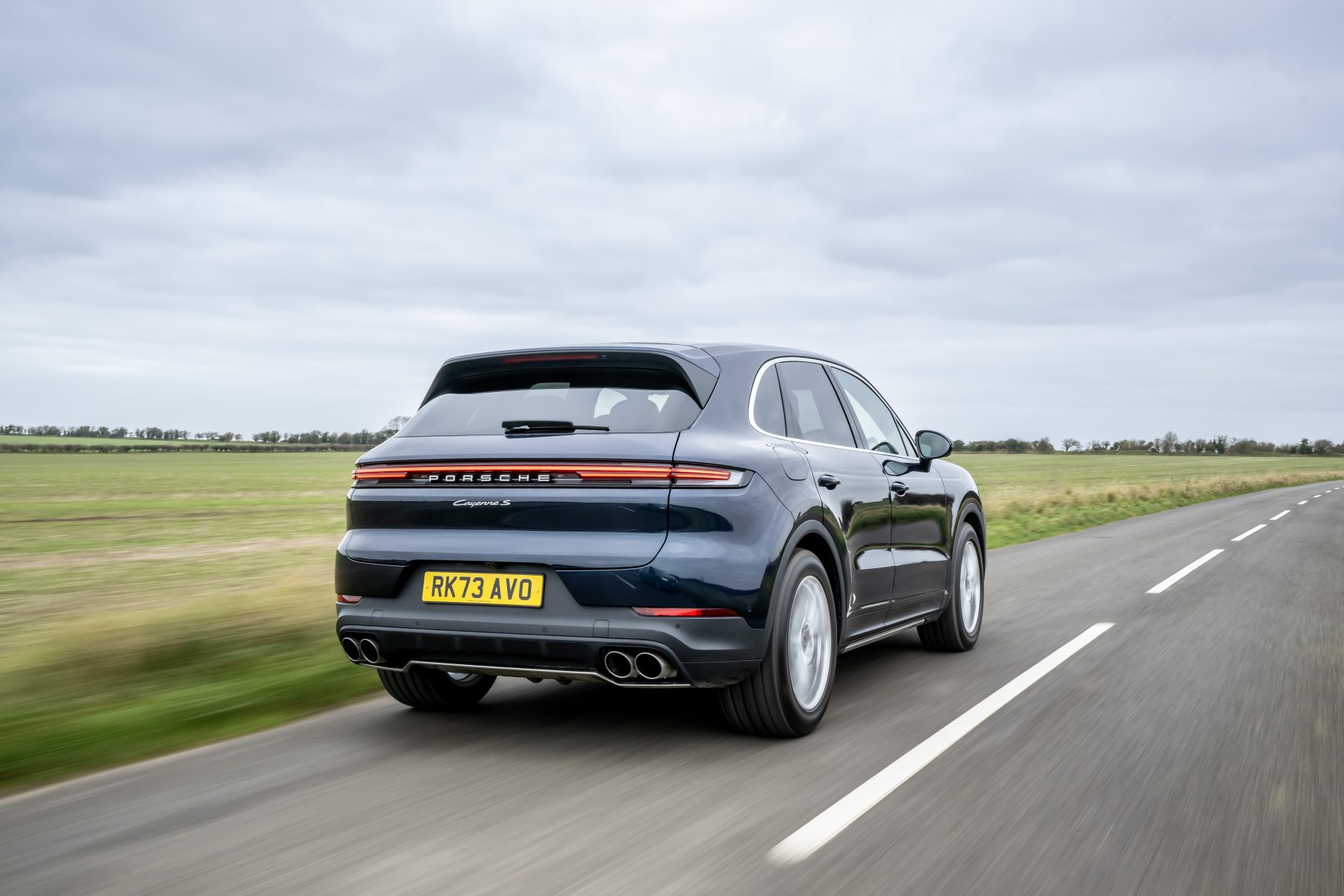
The Cayenne has always been the driver’s SUV and it only gets better with this latest model. At just under five metres long, the Cayenne is a big car but the way it behaves behind the wheel is astonishing. There’s a level of agility you just don’t get from large SUVs, and you can throw it into a corner at speeds that would ruffle the feathers of many of its rivals.
As long as you’re not looking at the fuel economy, this V8 engine is superb, with a delightful grumble as you put your foot down, and a surge of power to go with it. Combined with its quick-shifting gearbox, you’ll struggle to find a more enjoyable and rewarding SUV to drive.
You might expect the payoff to be a harsh ride, but it’s the exact opposite, as even in harder driving the Cayenne’s ride remains composed and never brittle. Our test came with optional adaptive air suspension and though you can’t help but feeling it should come as standard on an £80,000 SUV, is a box certainly worth choosing.
How does it look?
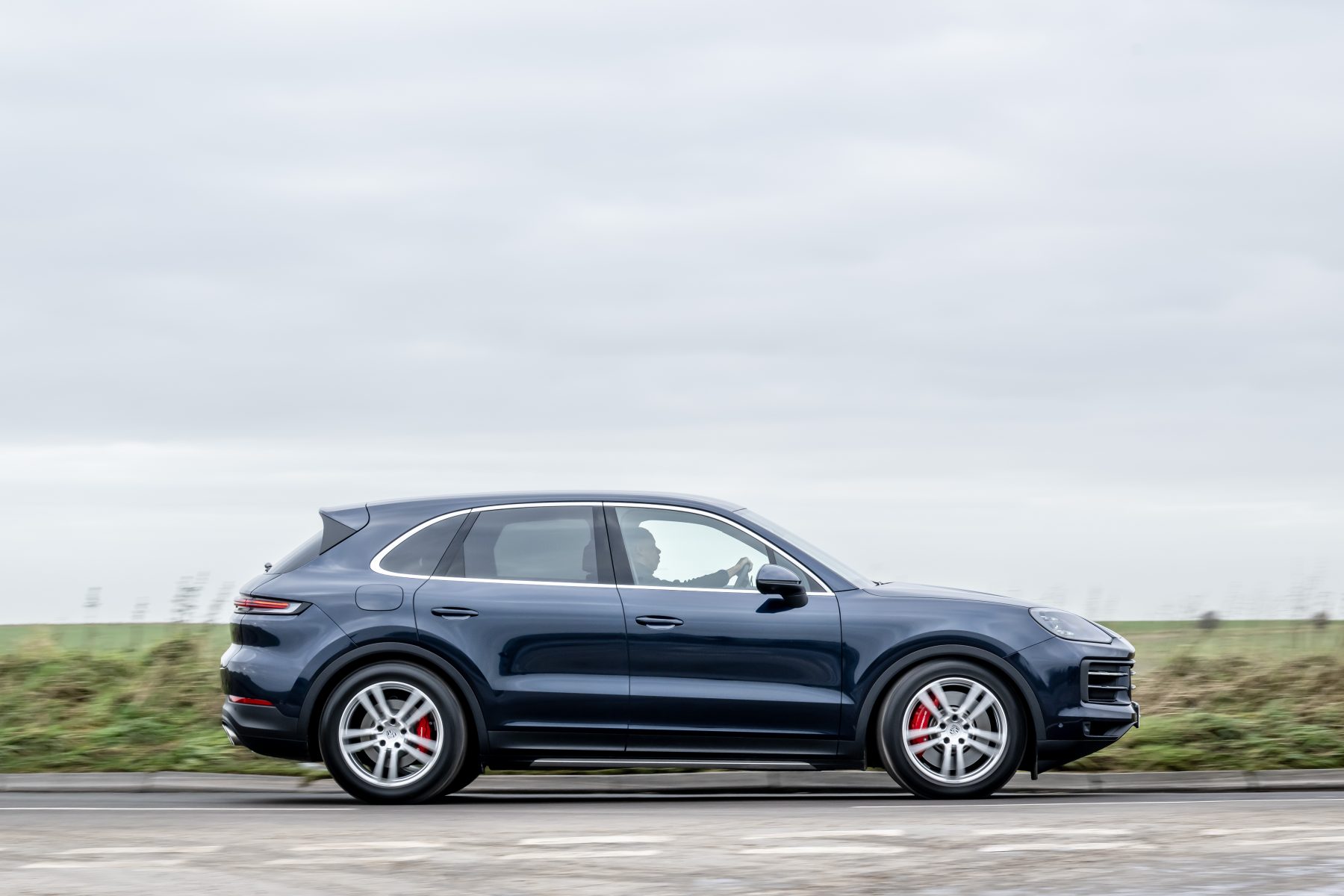
Though Porsche calls this one of the ‘most extensive product upgrades’ in its history, you’d never know looking at it. There are changes, predominantly at the rear where the number plate has been moved from the boot lid to to the rear bumper and there’s a new 3D-effect light bar, but it’s mainly business as usual from a design perspective.
We’d say that’s a pretty good thing with the Cayenne, as – like most Porsches – it’s aged brilliantly. It gets the balance just right between being bold but never over the top. The German firm also offers extensive personalisation options, as well a more stylish-styled ‘Coupe’ version with a sloped roof for that prefer that style of vehicle.
What’s it like inside?
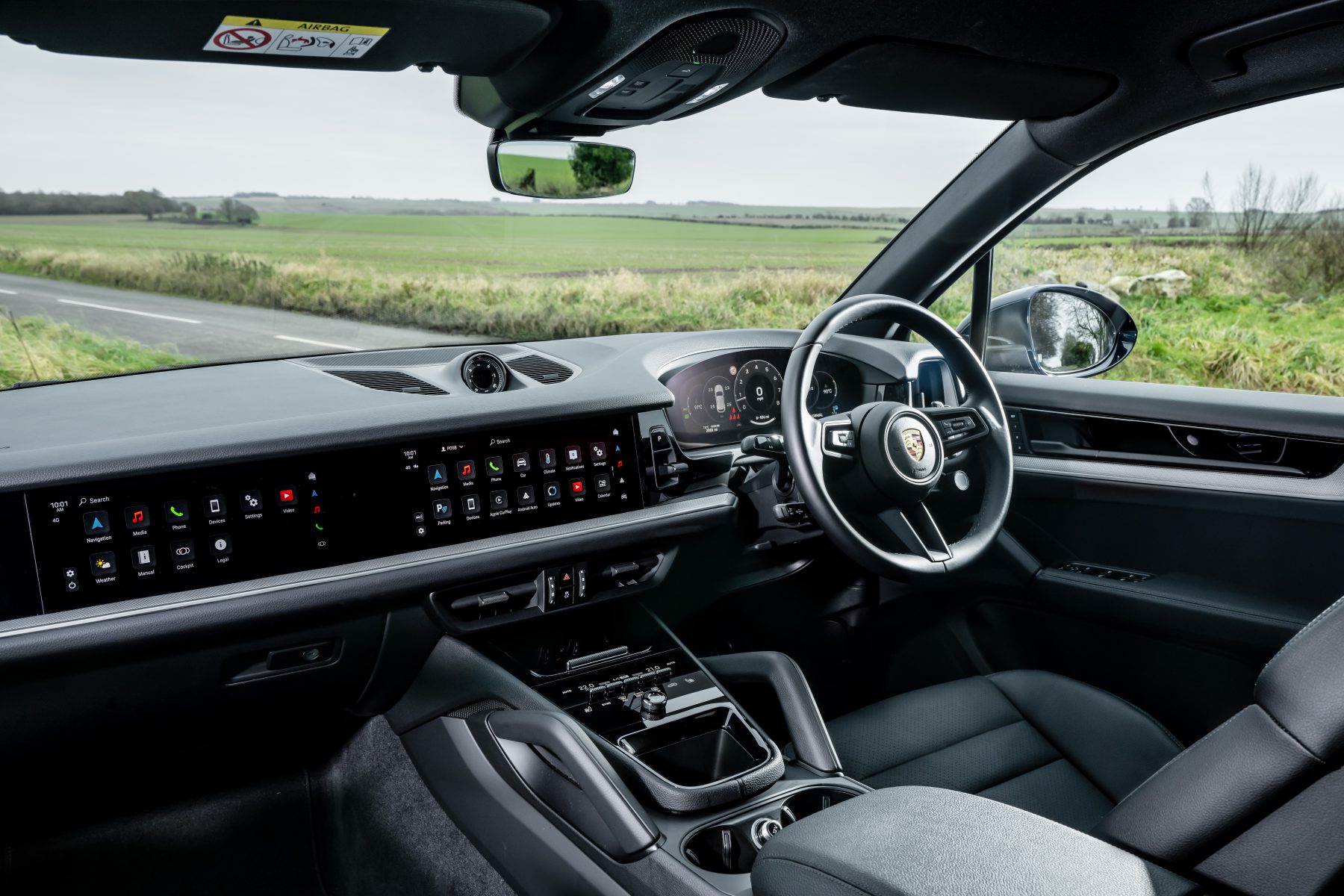
There are some pretty big changes on the Cayenne’s interior, with a new widescreen touchscreen, digital dial display and redesigned centre console being the main ones. The displays offer superb clarity and ease of use, and there’s even the option of having a touchscreen in the dashboard for the passenger, but we struggle to see the point of it. The gear selector has also moved from the conventional placing to a little toggle next to the steering wheel, but it’s a bit awkward to use.
But the quality of the Cayenne can’t be faulted, as it feels every inch a premium product with top-grade materials used throughout. There is masses of interior space as well, with loads of room for adults in the rear and a huge 698-litre boot.
What’s the spec like?
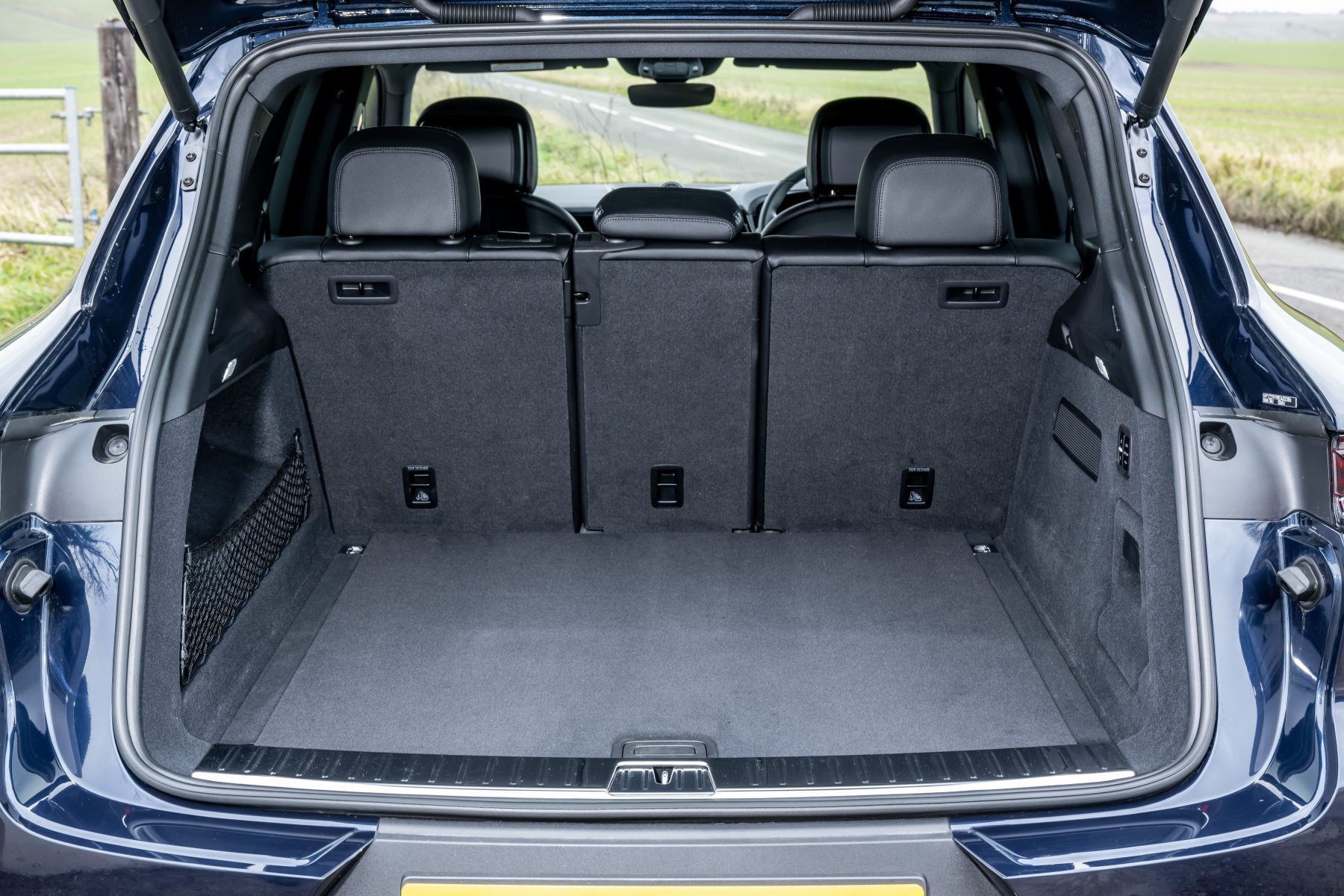
Prices for the new Cayenne kick off from £70,400, but if you’d like the excellent V8 engine with the S, you’ll need £84,000. Standard equipment is a bit penny-pinching, with features such as leather seats and adaptive cruise control both absent.
Optional extras on the Cayenne are expensive too, with our test car’s many add-ons coming to more than £20,000, with features such as a panoramic roof (£1,500), 21-inch alloy wheels (£1,900) and a black leather interior (£2,565) all quickly racking up the price.
Verdict
The Cayenne continues to be the SUV that goes against those who say vehicles of this type can’t be great to drive. Its combination of agility and comfort is unmatched, and the changes made to the interior and dynamics only improve on what was already an excellent model.
It offers a level of class that many of its premium SUV rivals seem to have forgotten, and as long as you’re mindful that Porsche isn’t as generous with its equipment as many of the Cayenne’s rivals, this is a deeply complete package.
Facts at a glance
- Model: Porsche Cayenne
- Price: £70,400
- Model as tested: Porsche Cayenne S
- Price as tested: £84,000 (£105,235 with options)
- Engine: 4.0-litre turbocharged V8
- Power: 468bhp
- Torque: 600Nm
- 0-60mph: 4.8 seconds
- Top speed: 170mph
- Economy: 22.6mpg
- Emissions: 283g/km
